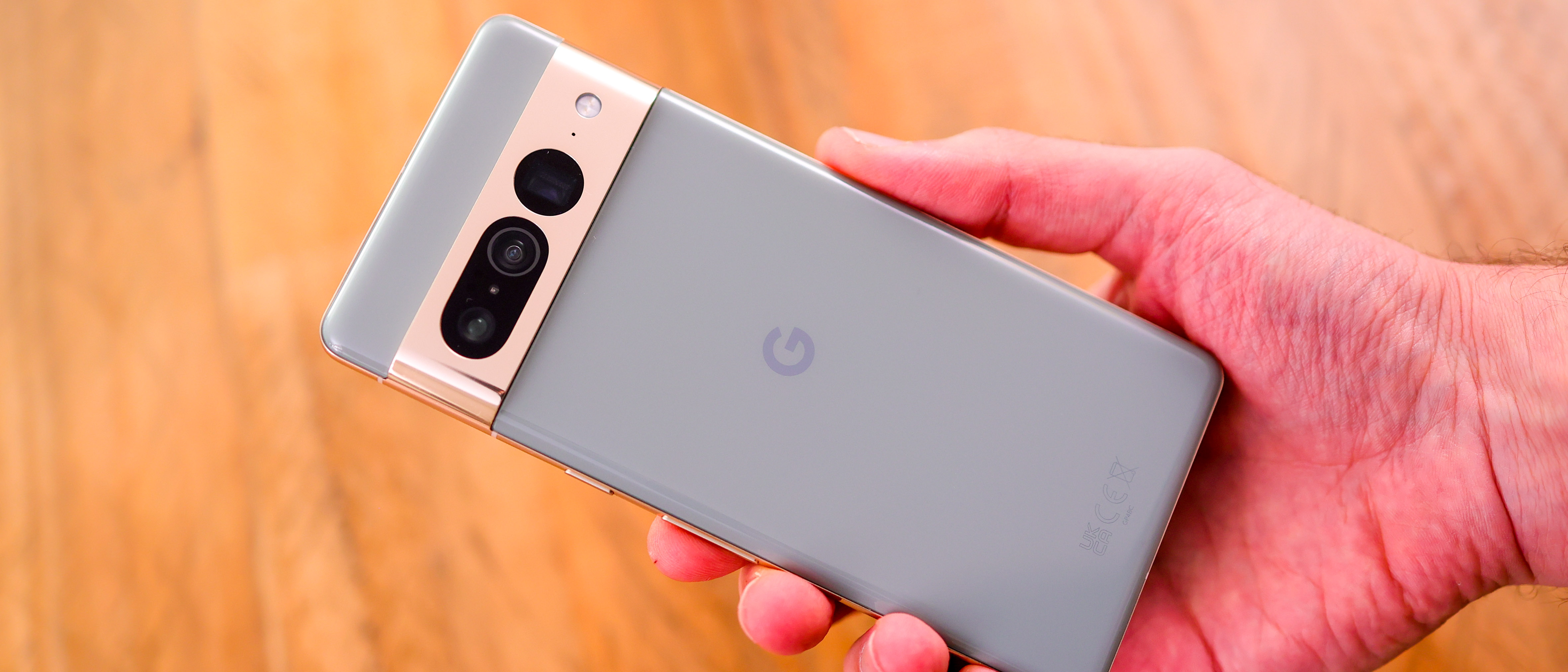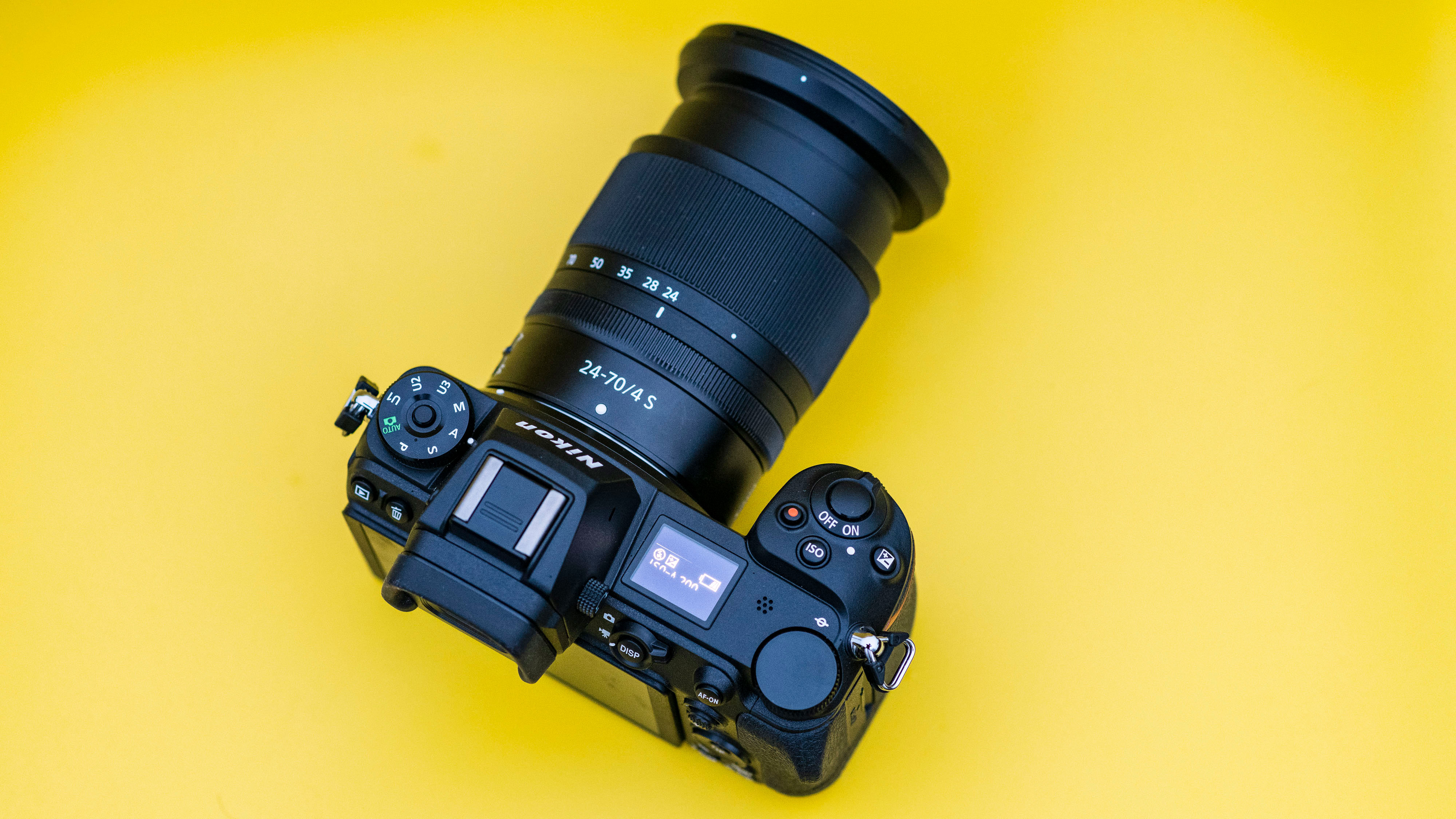Digital Camera World Verdict
The Google Pixel 7 Pro is the best value flagship camera phone you can buy at the time of launch. Its mighty camera system takes reliably excellent photos and videos, delivers impressive zoom, and smart imaging tools edge it ahead when it comes to editing features. We wish it offered full-resolution RAW photos and a Pro mode, but even without those, the Pixel 7 Pro is a great camera phone that justifies its price.
Pros
- +
Excellent photo and video quality
- +
Smart camera and editing software
- +
Sleek and premium design
- +
Good-looking screen
Cons
- -
No pro mode/manual camera controls
- -
Reports of metal camera band scratching
- -
Slower charging than the competition
- -
Less powerful than competition
Why you can trust Digital Camera World
The Google Pixel 7 Pro is the very best camera phone out now at its price. Why? Because for $899 / £849, Google loads the phone up with a mighty camera mix complete with a powerful periscope camera and an autofocusing ultra-wide, not to mention the same 50MP main camera you get on the Pixel 7. Google's photography software is also incredibly clever, both in the camera app and when you come to edit your photos, and video shot on it looks stupendous too.
Of course, there's more to a smartphone than just its camera, and the Pixel 7 Pro needs to be a hardy, good-looking phone with a great screen and long-lasting battery life. After all, it needs to compete with the iPhone 14, Honor Magic 4 Pro, and Samsung Galaxy S22 – all costing around the same.
The 7 Pro's also got competition from its predecessor, the Pixel 6 Pro. It's a very similar phone in many respects: it has the same main camera, similar power, design and battery life, and the 6 Pro's price has dropped too since the 7 Pro launched.
But with an updated periscope camera, an ultra-wide camera with autofocus and macro capture, as well as Google's latest camera software, is the 7 Pro the obvious choice for Android users who want the best camera phone under $1,000 / £1,000?
Also read our guide to the best Android phones.
Google Pixel 7 Pro design and screen

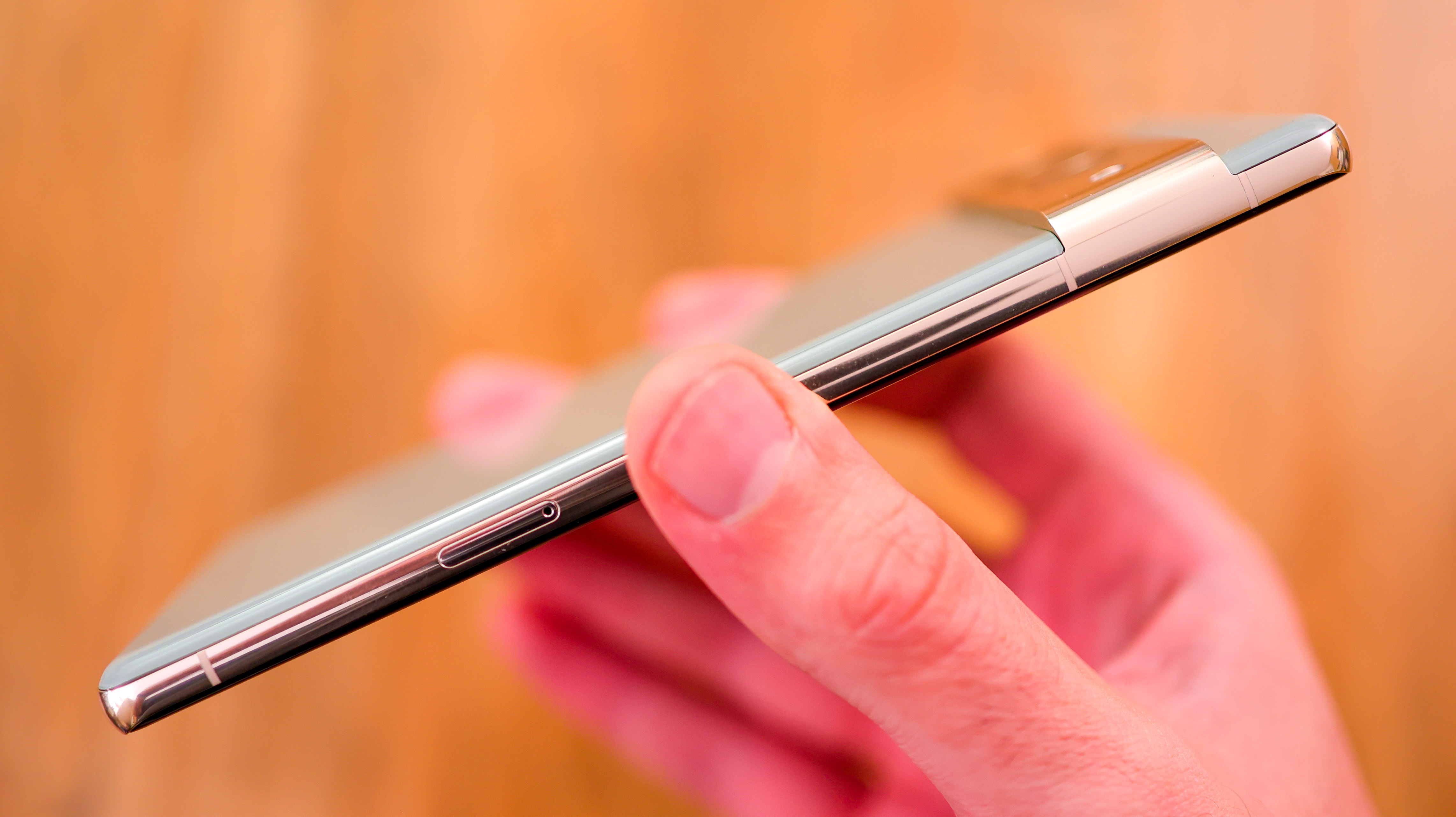
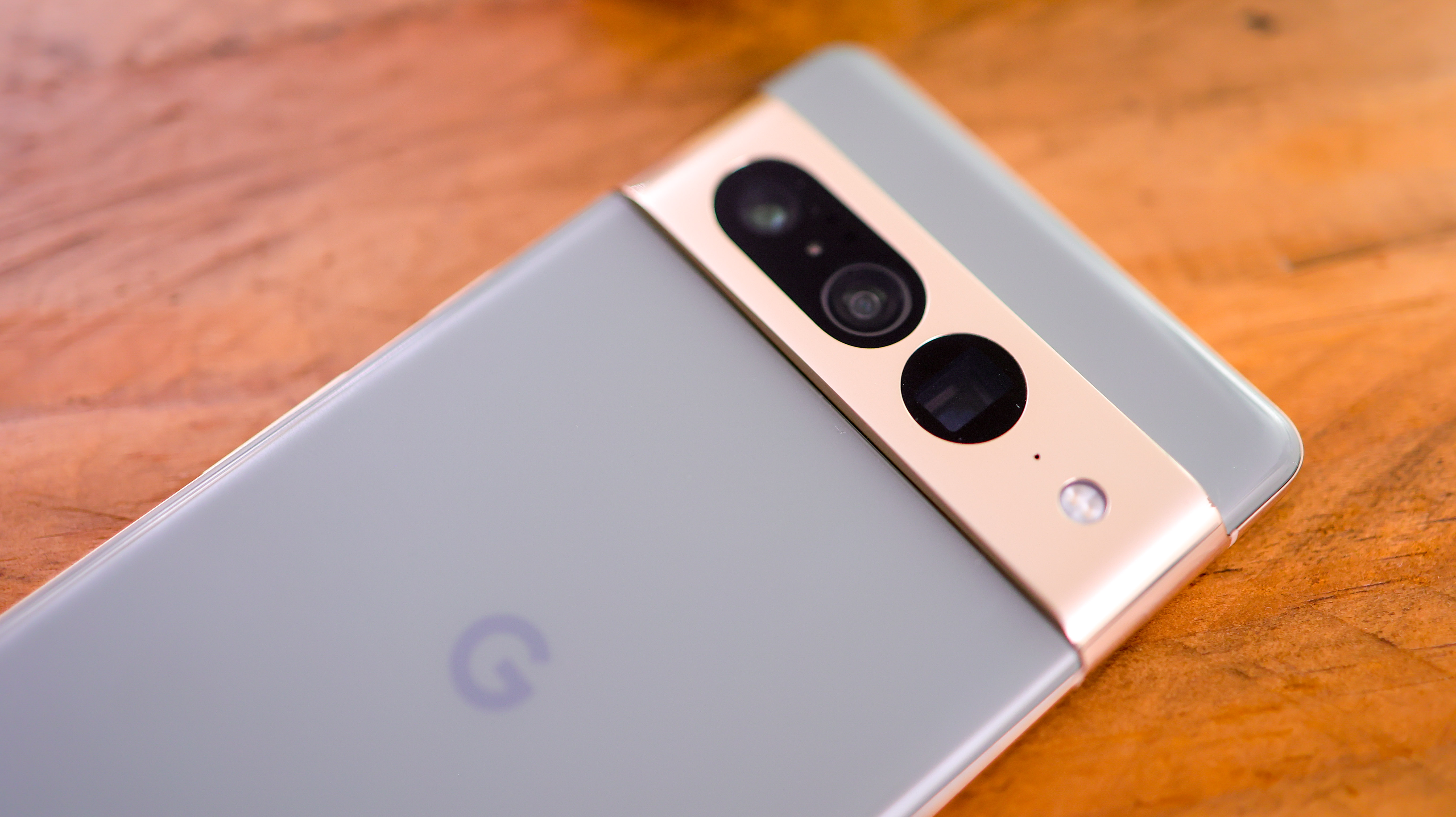
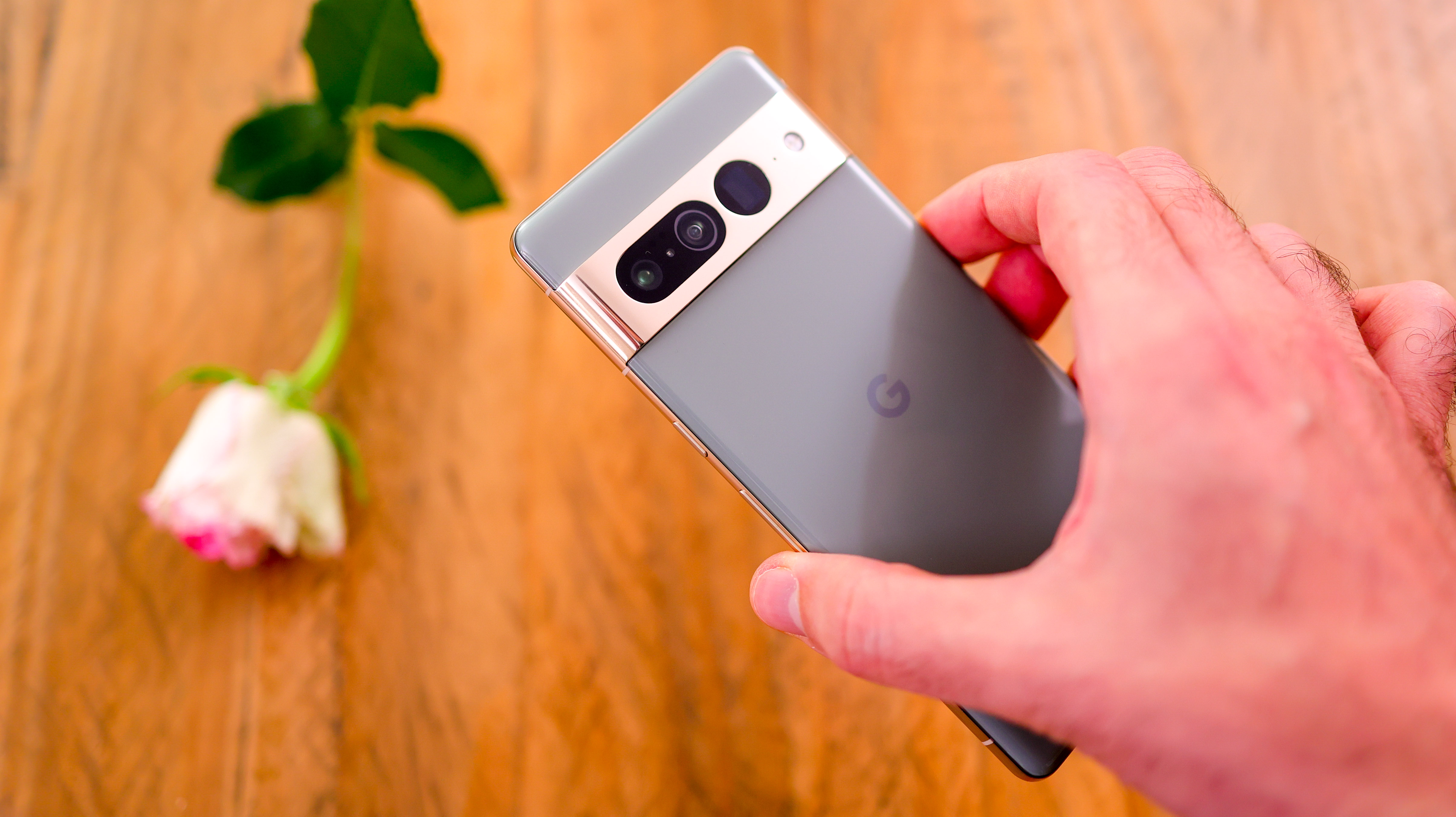
We tested the hazel Google Pixel 7 Pro and, in a two-week period, were asked about it three times by strangers whose eye it caught. It's a large, elegant phone with a curved front and back that tapers into the polished metal frame, and it's striking.
Side by side with the Pixel 6 Pro, the 7 Pro sports similar dimensions and weighs nearly the same - just 2g heavier at 212g. It also has the same 6.7-inch screen size, and the visor-style camera bump is back, too, looking more elegant on the Pro than on the smaller Pixel 7.
The Pixel 7 Pro's front and back are curved Gorilla Glass Victus, and the frame is aluminum. You can pick the new Pixel 7 Pro up in three colors, Hazel, Obsidian – the same color as the Pixel 7 we tested in our Pixel 7 review, and Snow (white) Just like the Pixel 6 series, the Pixel 7 and 7 Pro sport glossy backs, and lighter colors – Hazel and Snow, do a great job of repelling fingerprints.
There's nothing out of the ordinary when it comes to the 7 Pro's buttons and ports – a USB-C port at the base alongside a loudspeaker. The SIM tray sits on the left side, while all the buttons are on the right. Everything is within easy reach, and buttons give a satisfying click-feedback.
There's no headphone jack, and unlike many phones available now, the Pixel 7 doesn't ship with a case in the box, or a power brick, though you do get a USB-C cable with it as well as a USB-C to USB-A adapter.

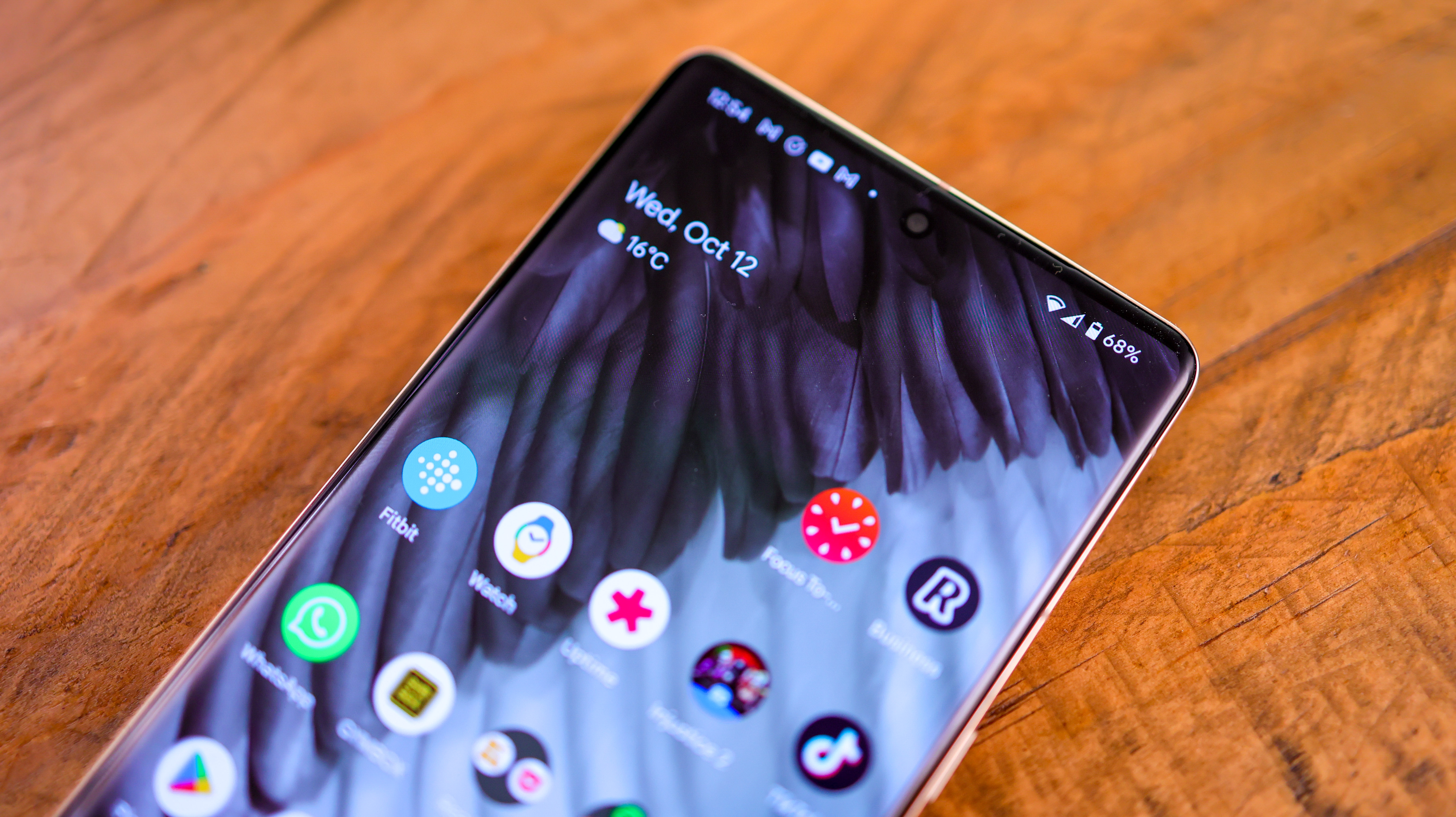
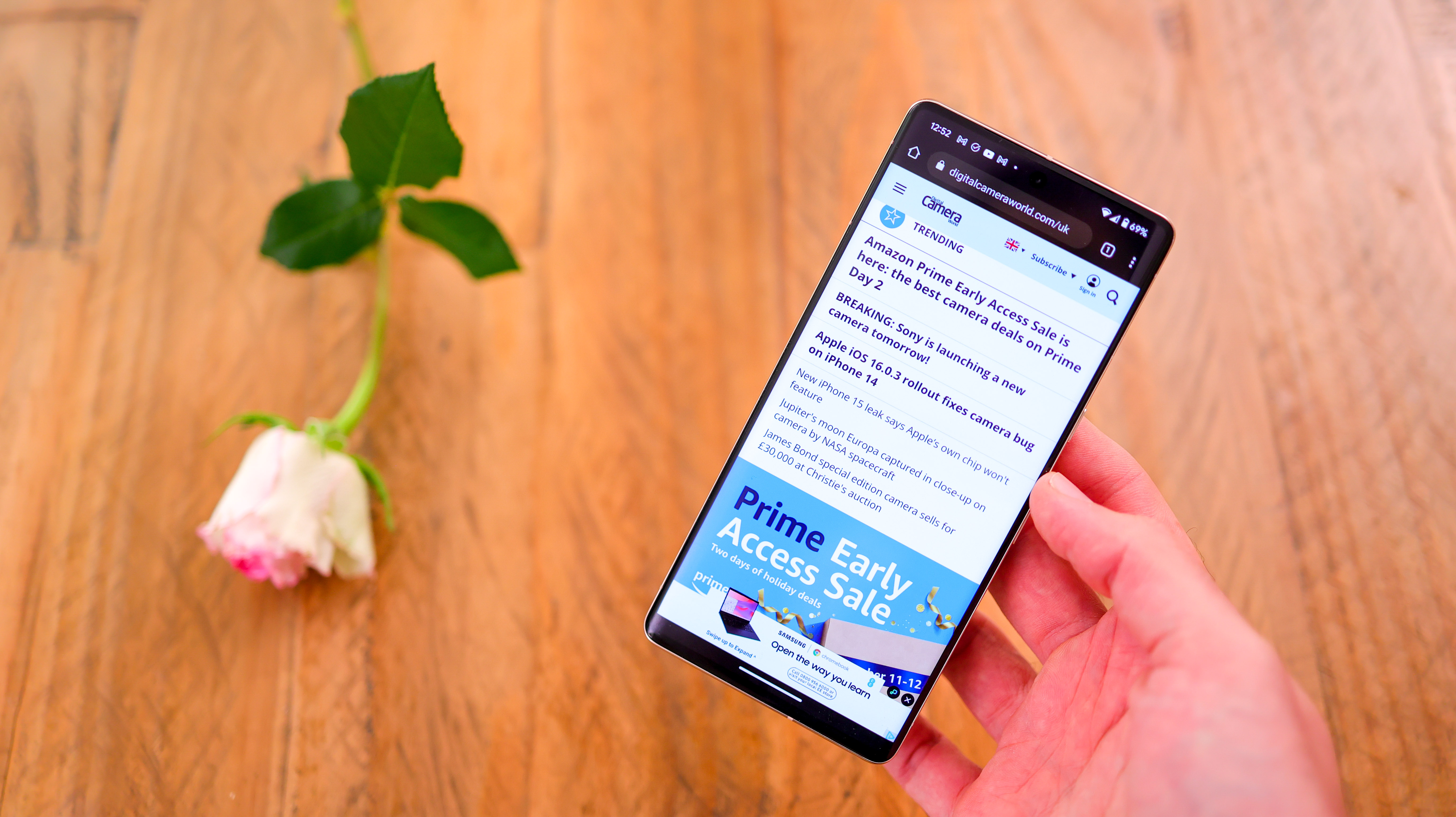
At 6.7 inches, the Pixel 7 Pro's screen is large – similar in size to the Oppo Find X5 Pro and OnePlus 10 Pro. It's also sharp, with a resolution of 1440 x 3120, giving it an iPhone 14 Pro-beating pixel density of 512 pixels per inch.
The phone also sports LTPO AMOLED tech, which looks punchy and deep on first impression, as well as a 120Hz display for super-smooth scrolling. With a maximum brightness of 1500 nits in high-brightness mode, outdoor viewing shouldn't be an issue, and HDR10+ credentials mean content can be enjoyed in all its wide-tonal-range glory.
Unlike a lot of phones out now, the Pixel doesn't ship with a case in the box or a pre-fitted screen protector, so they're two things you'll want to look into. One good thing Google does across all its recent launches, from the Pixel 6a through to the 7 Pro, is offer IP68 water resistance, so it's still hardier than some of the competition.
Google Pixel 7 Pro camera specs
The Pixel 6 Pro had a great camera mix that was let down by a lack of autofocus on its ultra-wide, so it couldn't grab super close-up photos. Its zoom reach was also less mighty than some alternatives. This year, Google's addressed both criticisms for the Pixel 7 Pro.
At the far left of the camera strip around the back of the Pro is a 50MP 1/1.31 sensor, featuring 1.2-micron pixels, omnidirectional phase-detection autofocus, laser autofocus, and OIS. With a 26mm wide angle and matched with Google’s smart camera software, the main camera is identical to those of the Pixel 6, 6 Pro, and 7.
The 48MP telephoto camera is back from the 6 Pro, only this time it features a 120mm focal length, which means you can get an optical five times zoom equivalent. Loaded up with OIS, PDAF, and an f/3.5 aperture, it'll be interesting to see how the 7 Pro performs. That's especially true because it has an ever so slightly smaller sensor compared to the 6 Pro - 1/2.55 inches versus 1/2.5 inches.
As for the ultra-wide camera, it's the same sensor as found in the Pixel 7, only with added autofocus for macro capture. That means its 12MP resolution is matched with a 114-degree field of view and an f/2.2 lens. Finally, the selfie camera has a 10.8MP resolution and a really wide angle - 21mm, so should be able to get plenty in frame.
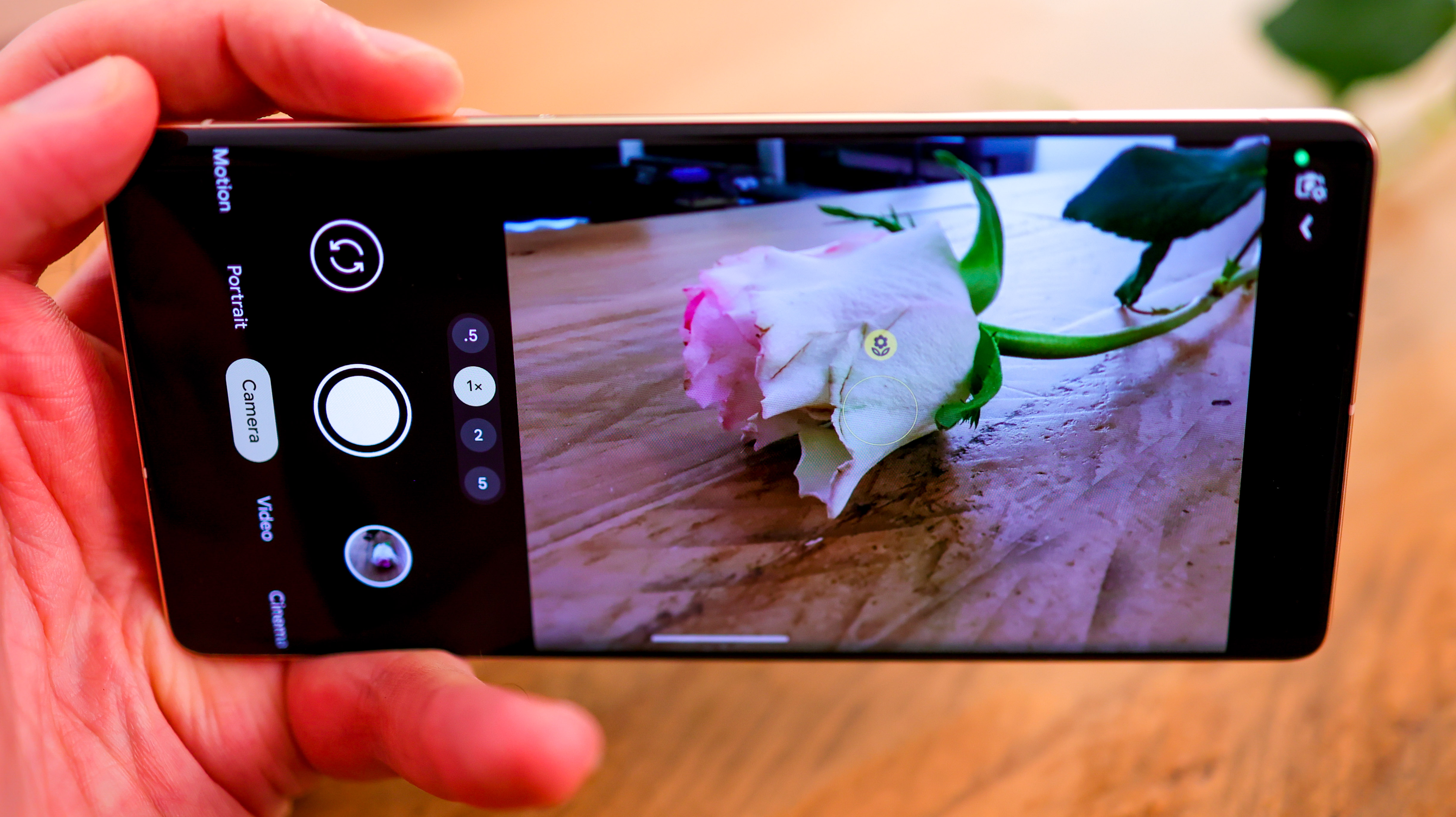
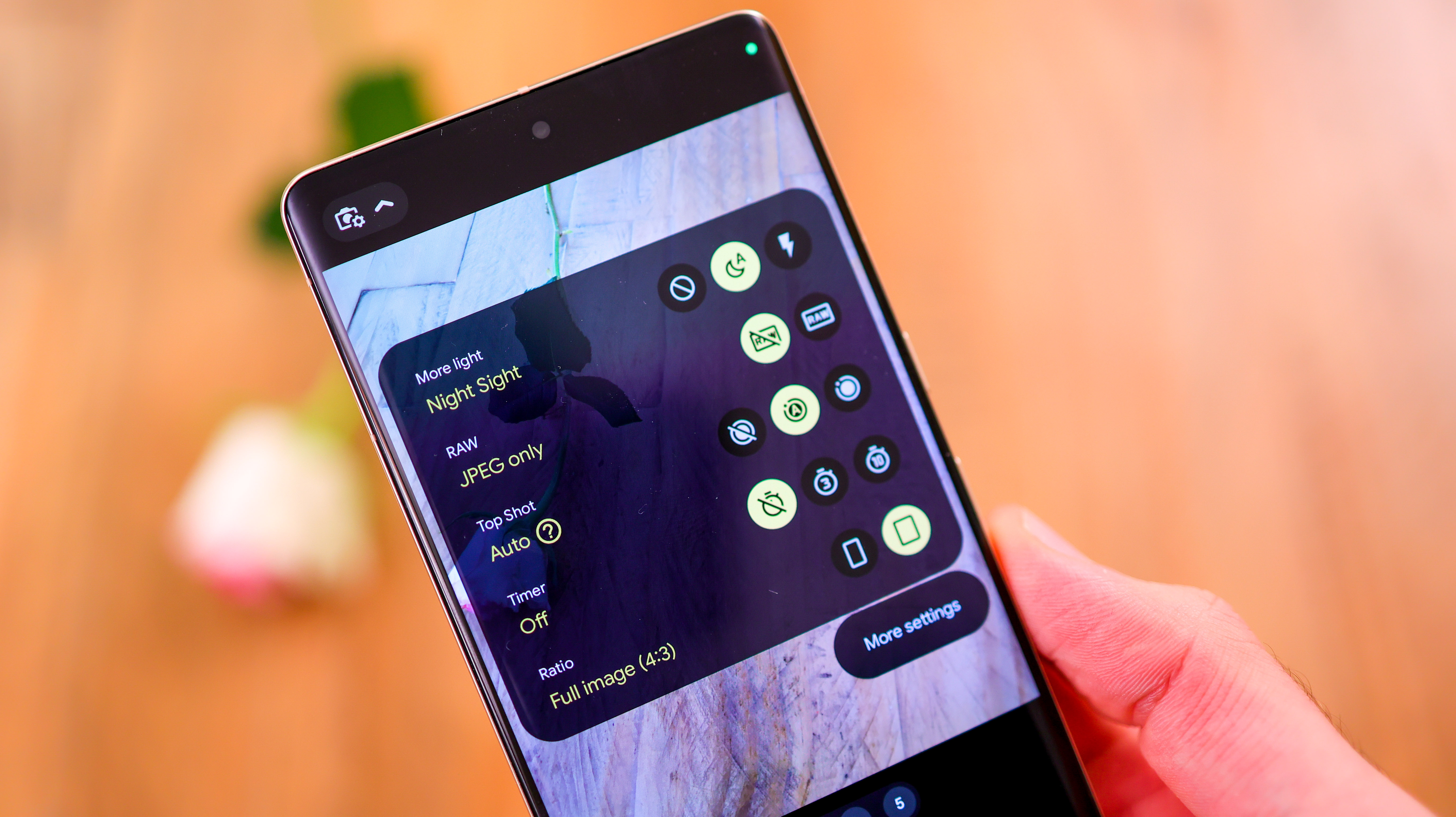
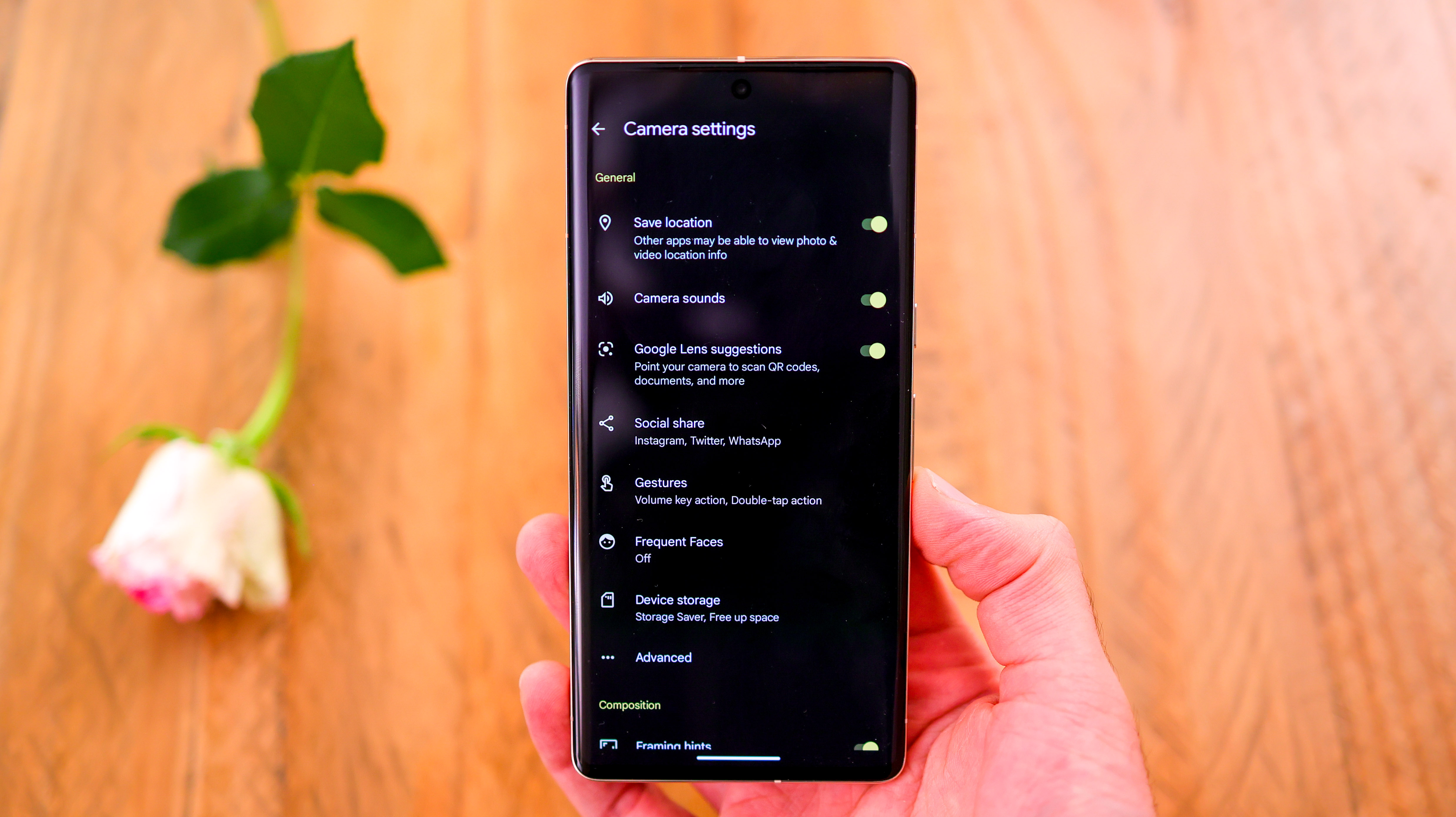
The Pixel 7 Pro's shooting modes are also worth talking about, with a new Cinematic video mode introduced to bring the line up to speed with the iPhone 14 Pro and Samsung Galaxy S22. This blurs out the background, just like portrait mode, only for video.
Google has held off on including manual capture on the phone, again, though you do get sliders to dial back exposure and adjust white balance, so can take back some control even in auto mode. You can also capture RAW photos too, which is handy, though these are 12MP – none of the detail-packed 48MP images we were getting from the iPhone 14 Pro and Pro Max.
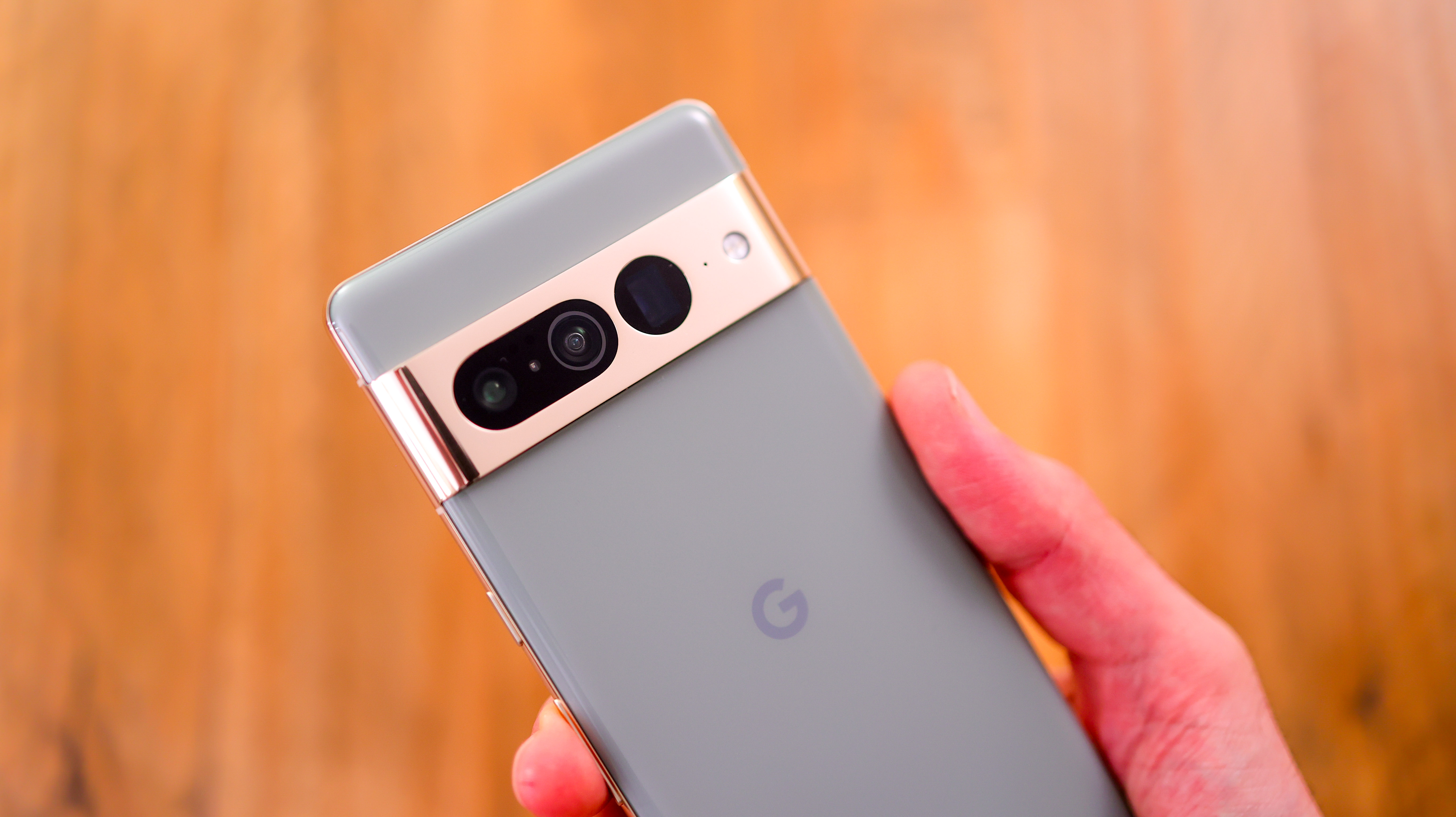
Google Pixel 7 Pro Camera Review
The big improvements this year when it comes to hardware are the Pixel 7 Pro's ultra-wide and telephoto cameras, and that's where you'll see the most gains when it comes to day-to-day picture-taking.
Just like the Pixel 6 and 6 Pro, the 7 Pro's primary camera is a great performer in most lighting conditions. It's able to capture detailed shots that look natural while still being boosted. Shadow detail is brought to life more so than traditional photographers might like, but most will love what Google does with boosting shadows while still creating a dynamic-looking photo with healthy contrast.
The backlit image of the stained glass below would be difficult for any camera to capture. The Pixel 7 Pro chooses to retain ample detail in the stonework while still holding onto the drama of the stained glass. It pulls through more stone detail than the iPhone 14 Pro does, making for a less dramatic shot, but one that retains maximum image information.

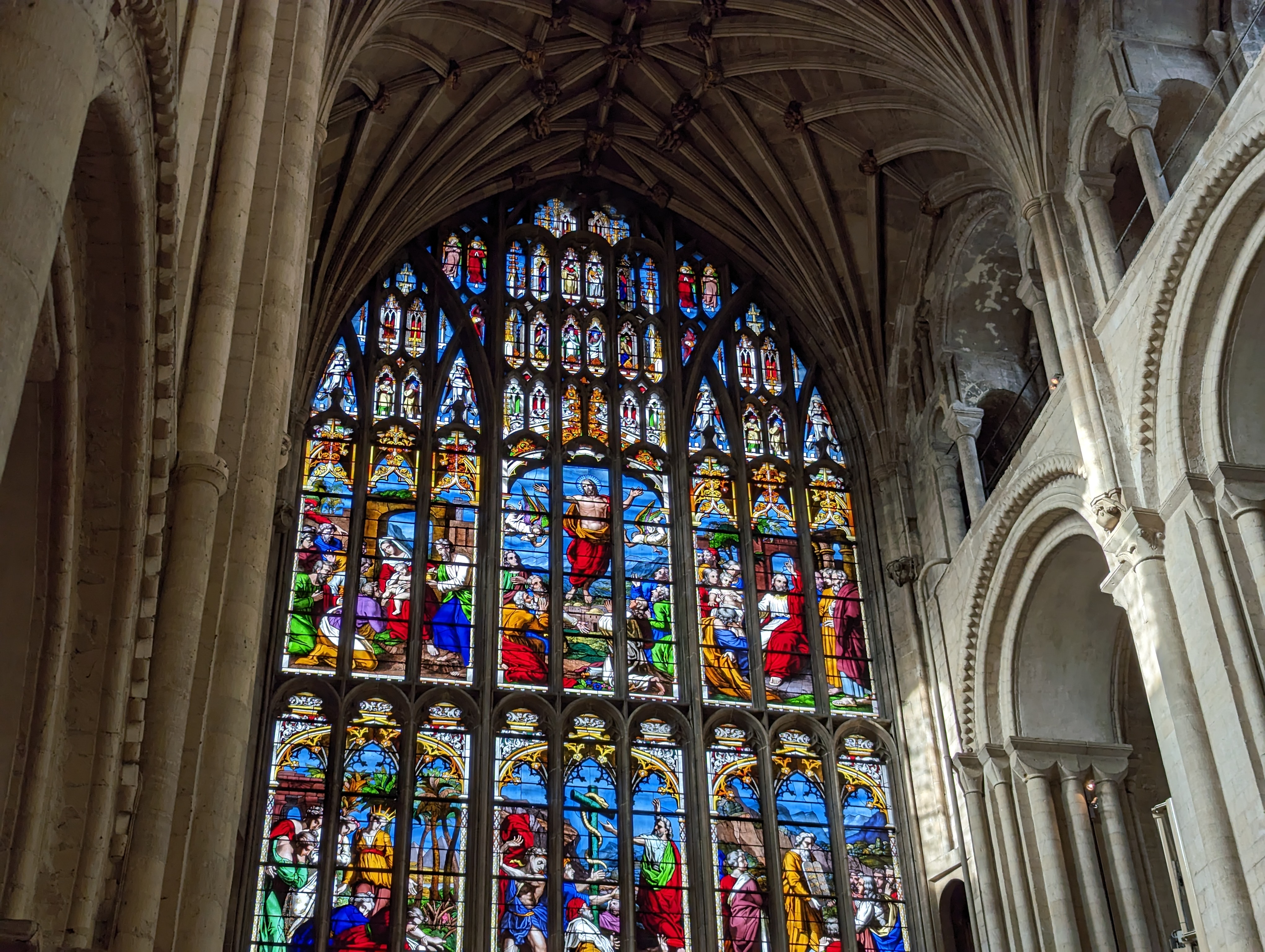
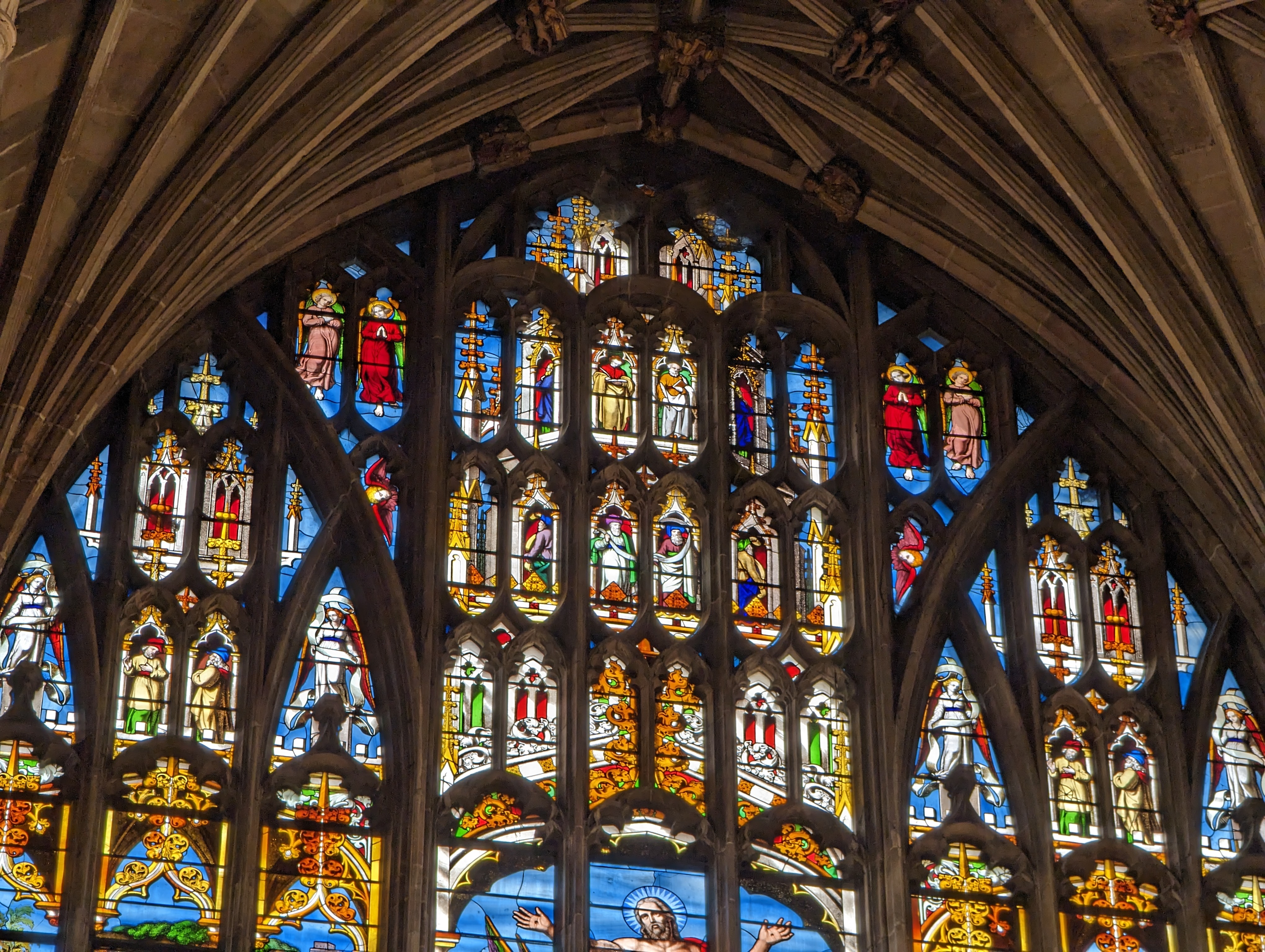
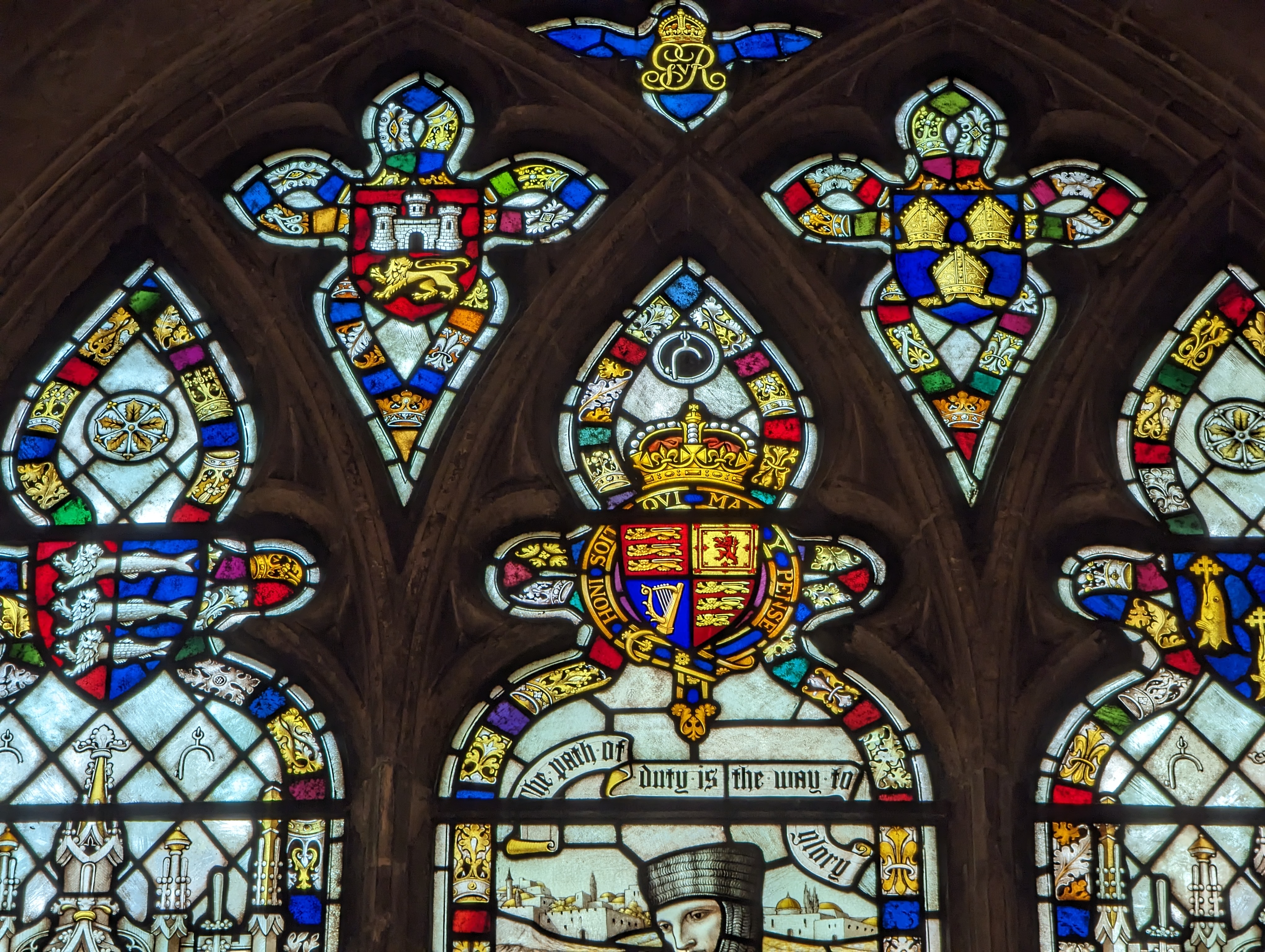
Google's advanced photo processing doesn't just focus on resolving shadow detail in backlit environments. When capturing a dimly-lit subject, across zoom ranges, the phone still unlocks plenty of detail in dark spots.
As illustrated below, the ultra-wide and telephoto camera both retain ample shadow detail on the ceiling of Norwich Cathedral, illuminating features that might otherwise go unnoticed.
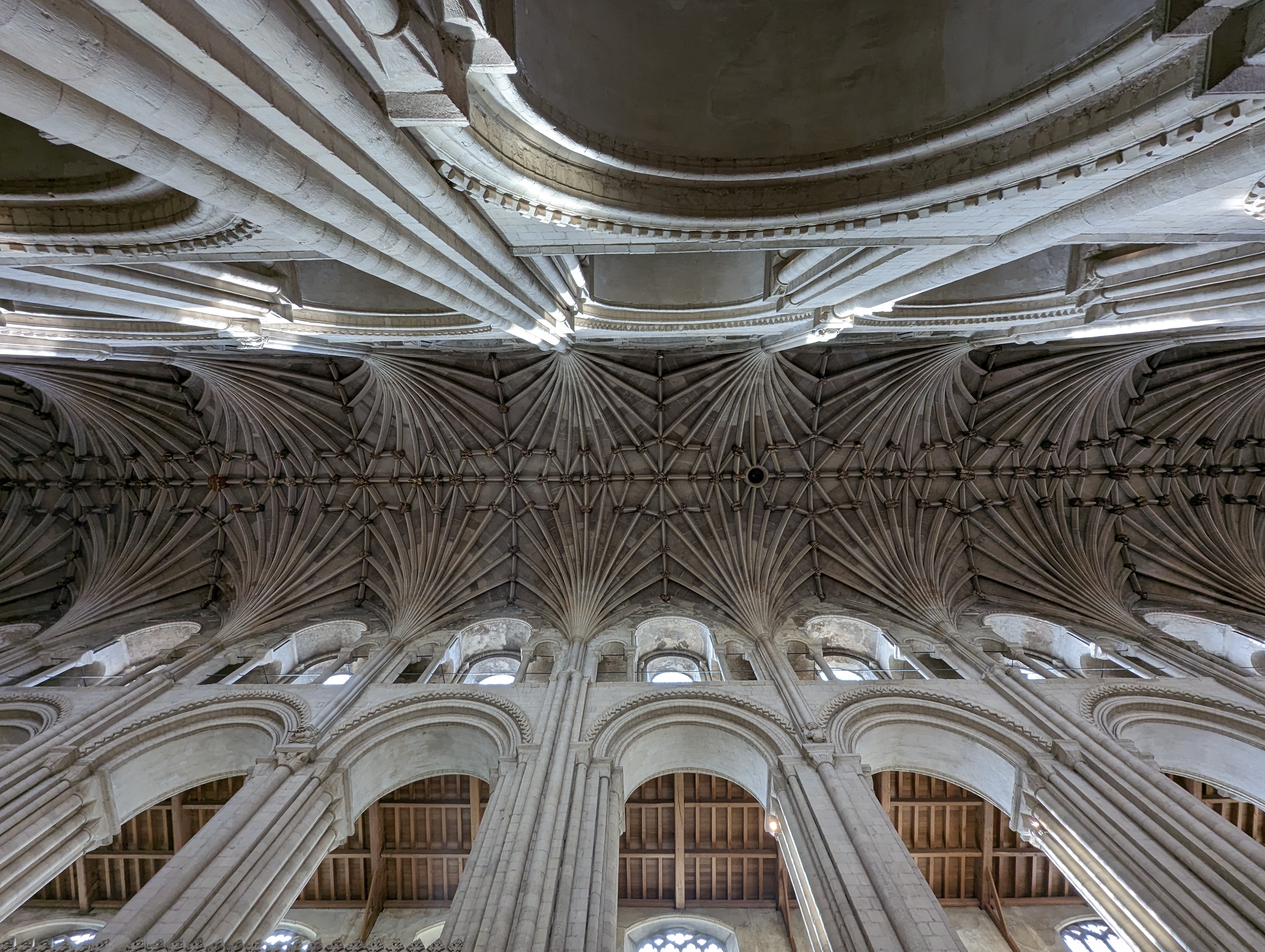
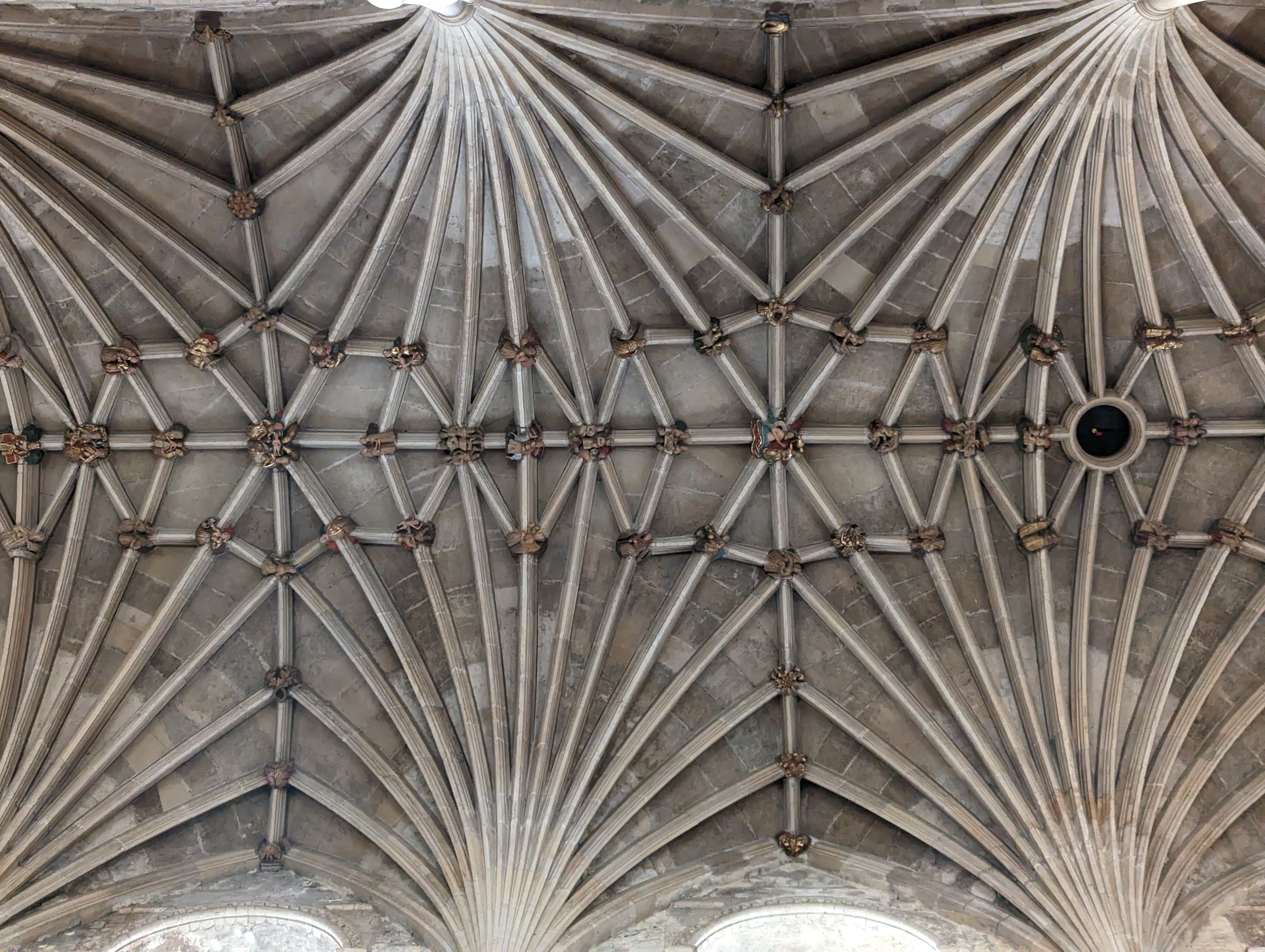

The Pixel 7 Pro isn't just a great shout for dramatic environments, it's a strong camera phone for notoriously challenging subjects like pets. As you can see below, between the relatively shallow depth of field achieved with close-up shots and the phone's ability to make fur look textured while prioritizing focus on faces, the Pixel is a great animal camera, even if it doesn't quite get the super-smart Sony a7R V animal AF Sony recently announced.
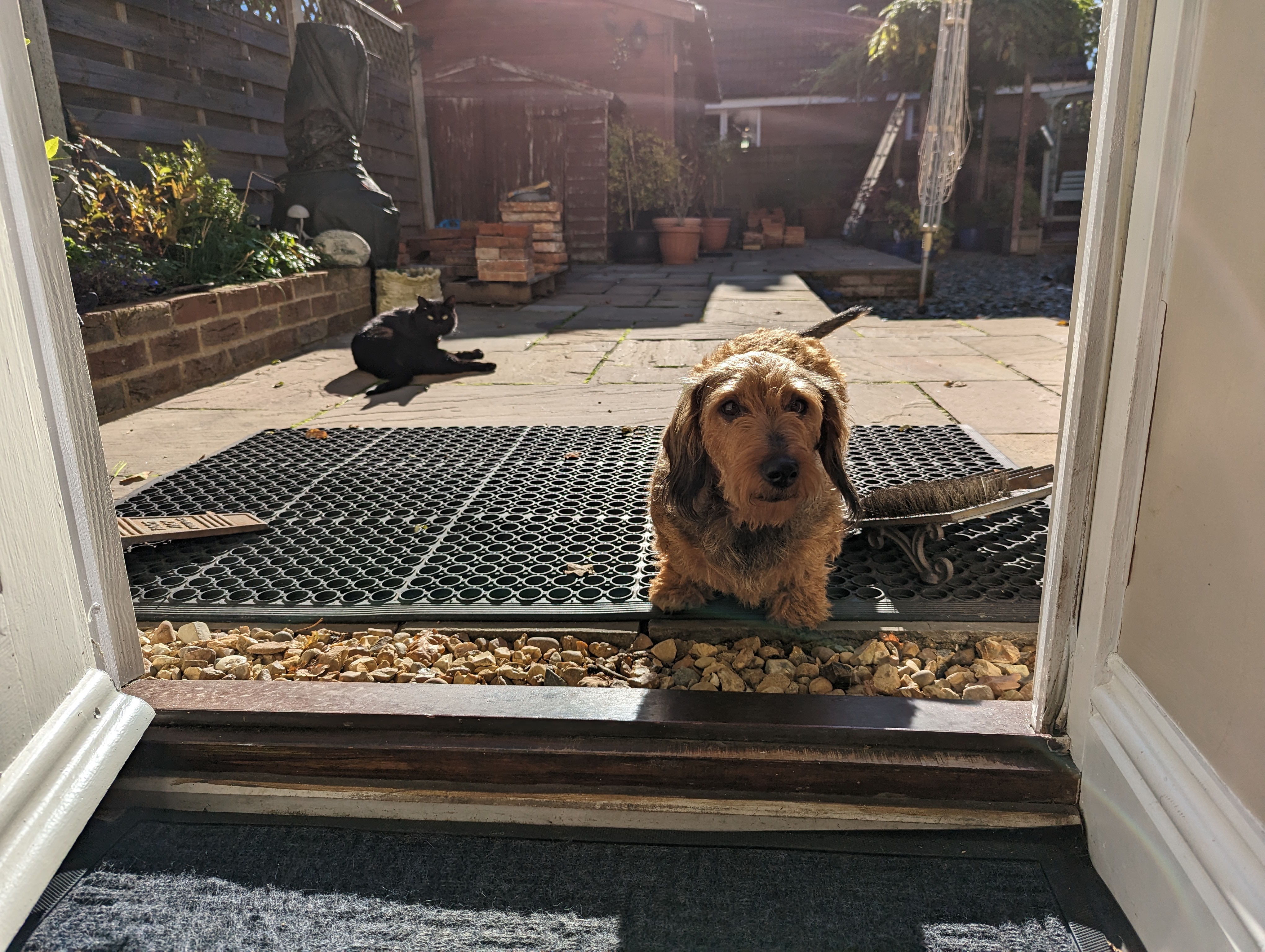
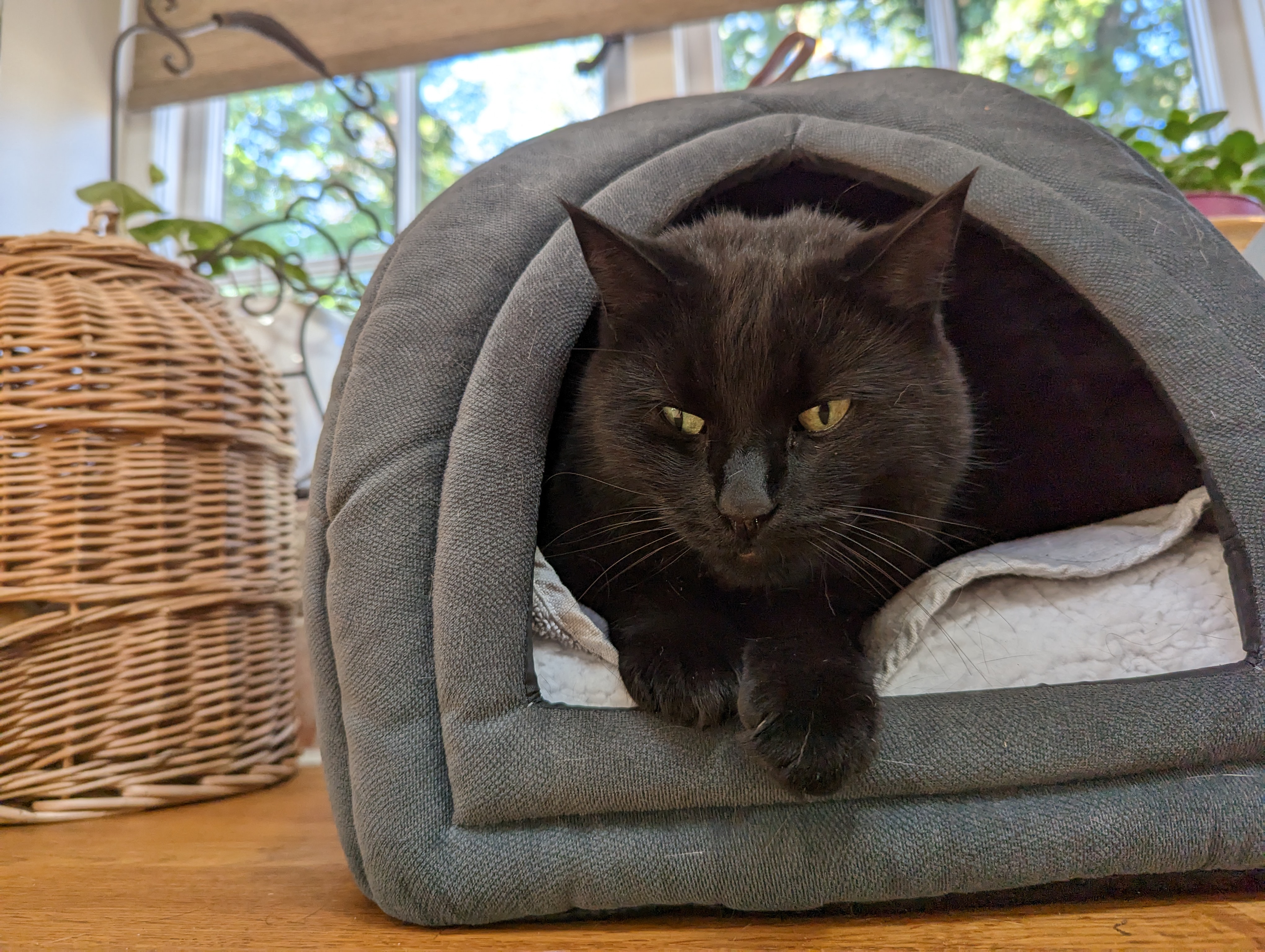
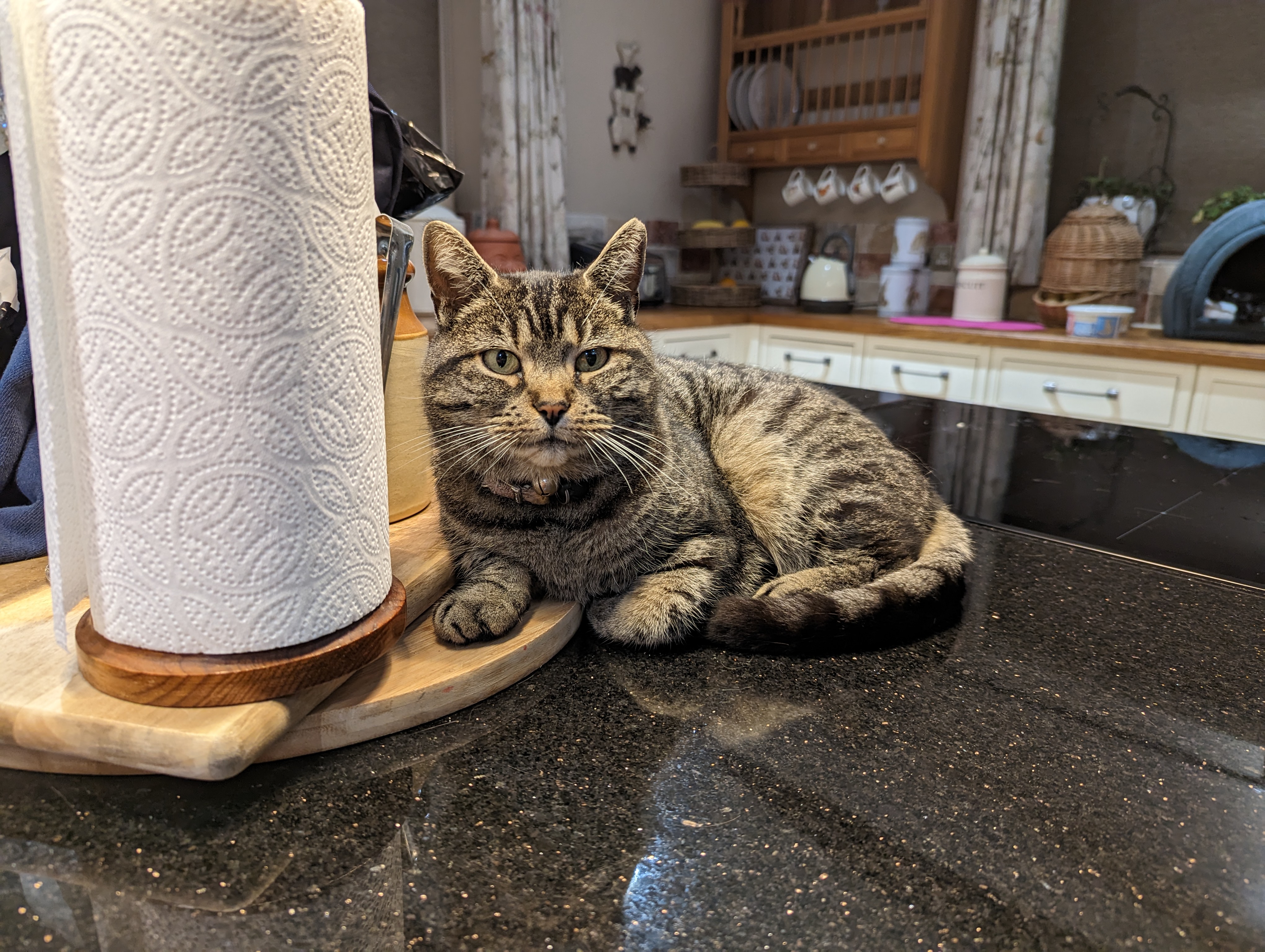
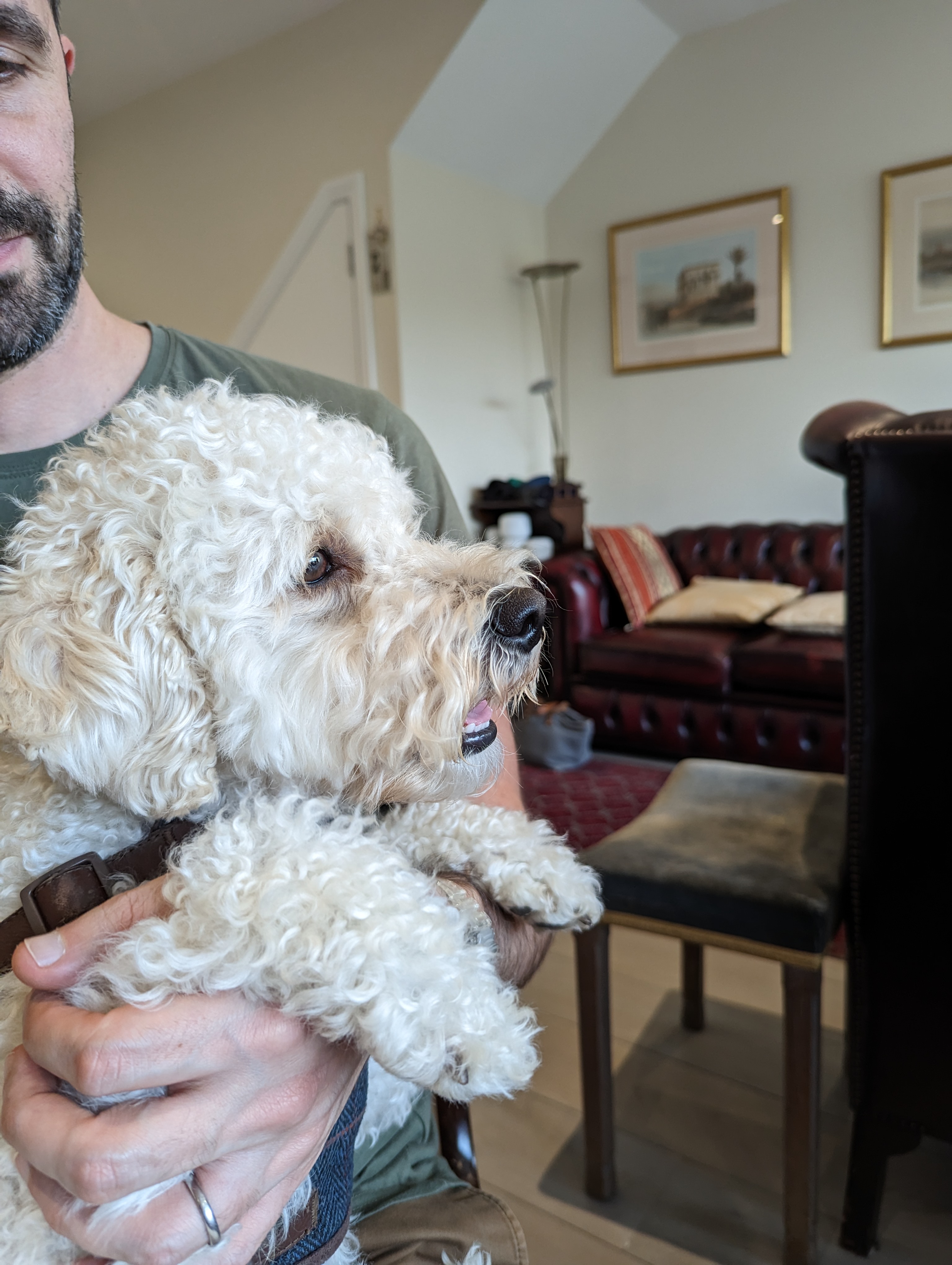
The Pixel 7 Pro's lowlight performance is impressive, too, with automatic long exposure firing up when the lights drop. This adds computational photography to the mix like only Google can, and the Pixel 7 series also brings back astrophotography too. That means if you point the phone up at the sky and keep it stationary, it can take a photo for around four minutes pulling stars and even galaxies into view.
Also impressive, the 7 Pro captures close-up objects both using the ultra-wide camera for macro shots, and the primary camera – whose nearest focus distance is around 10cm – roughly half that of the iPhone 14 Pro Max.
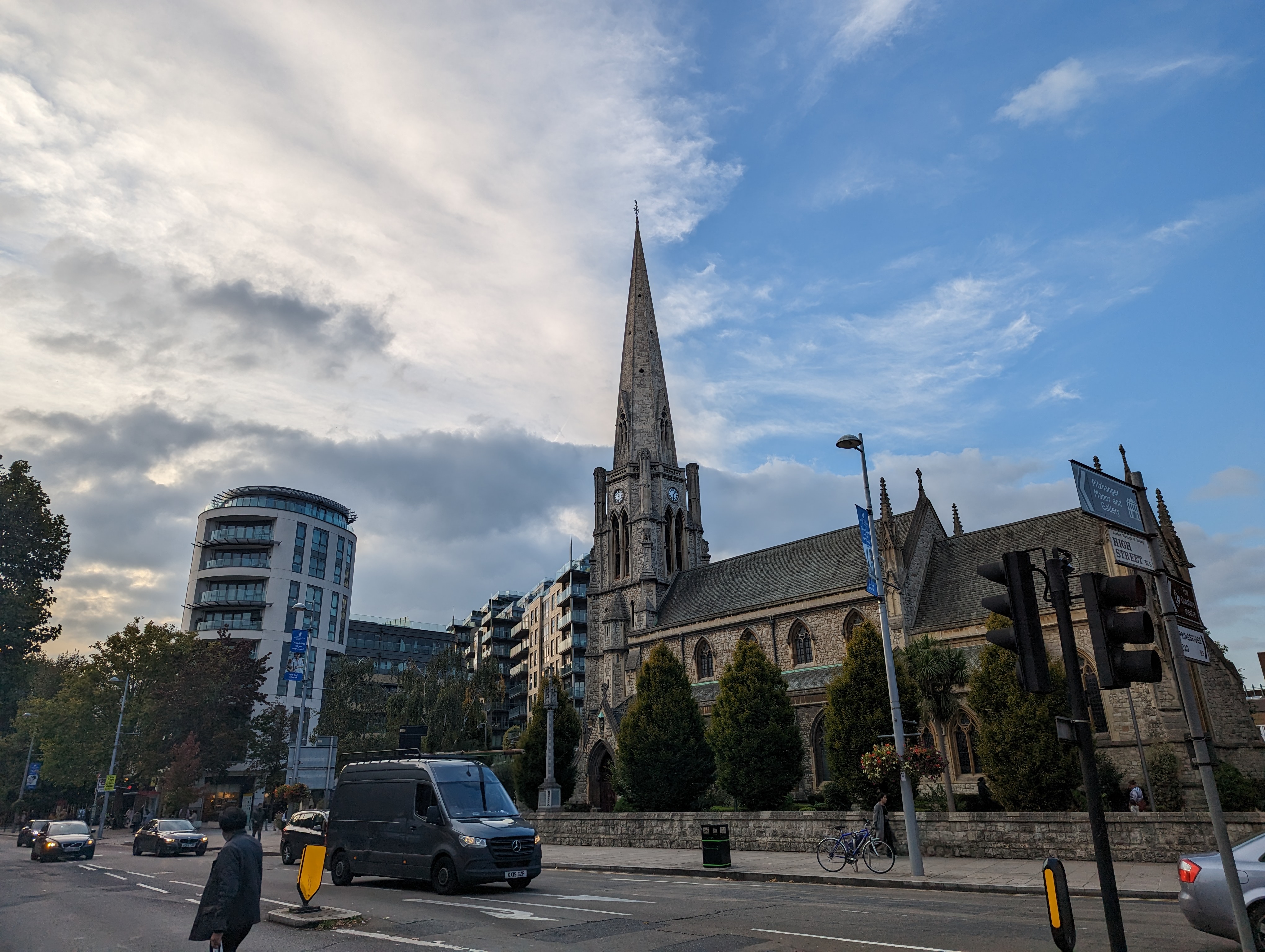
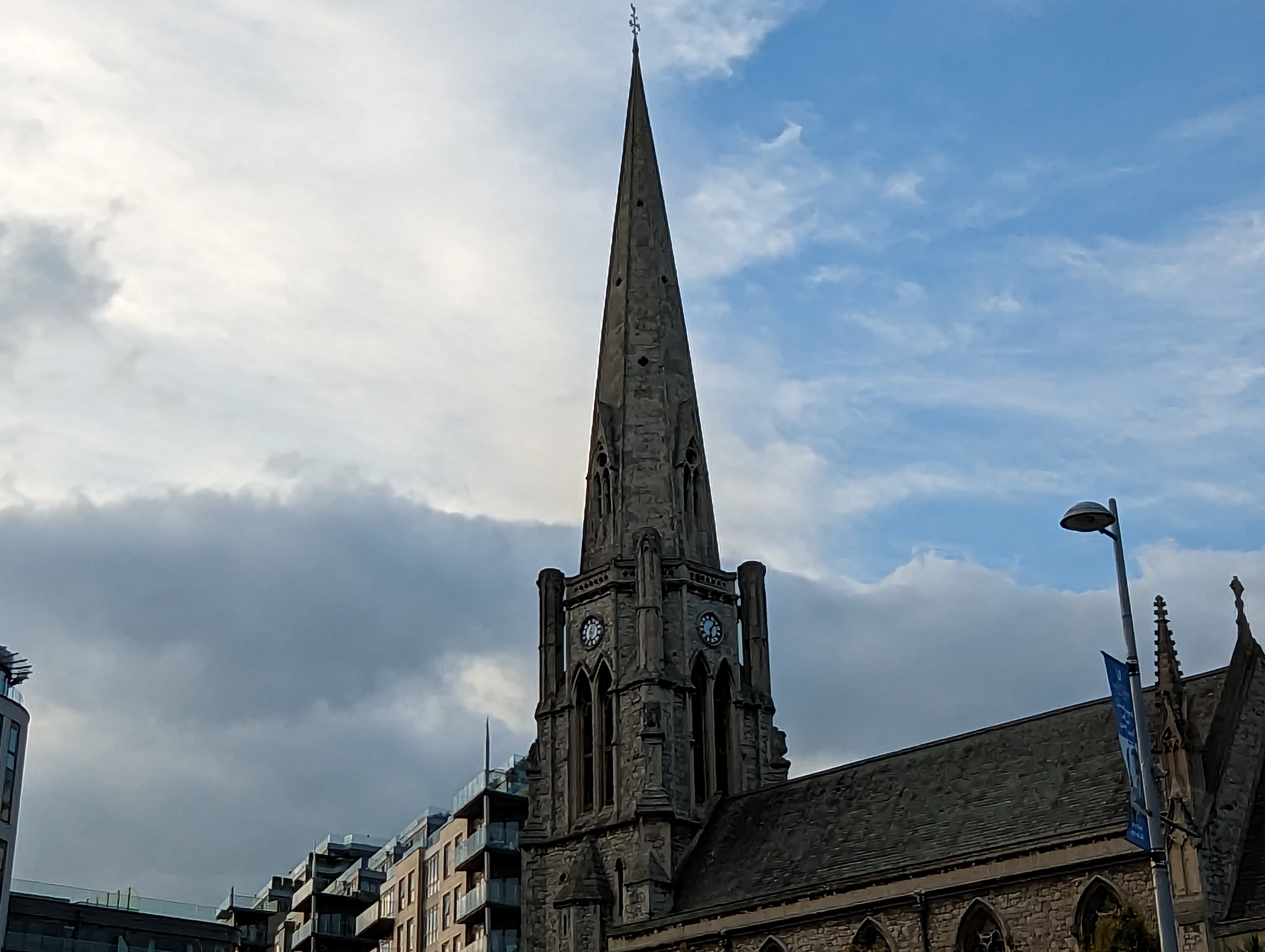
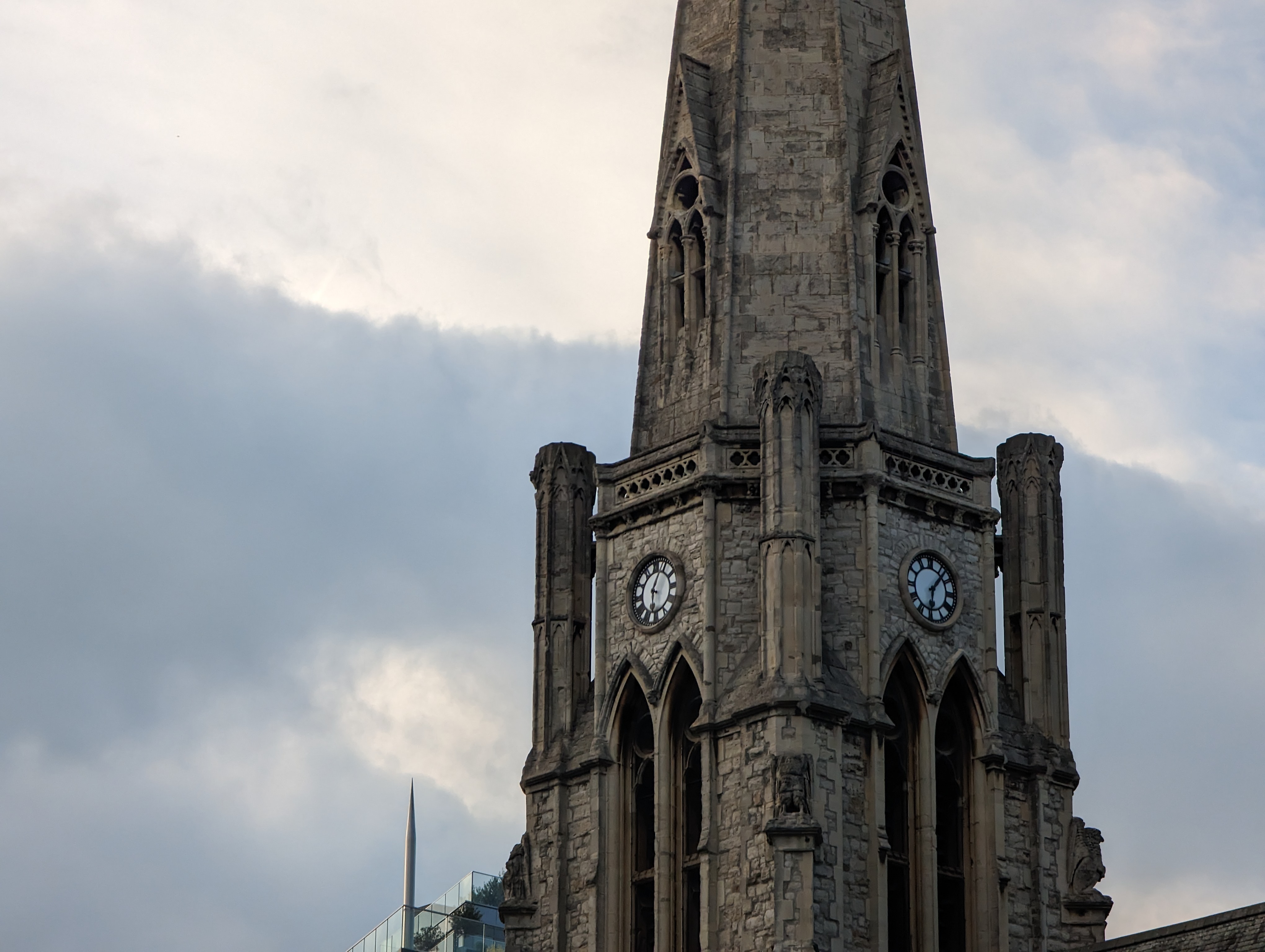
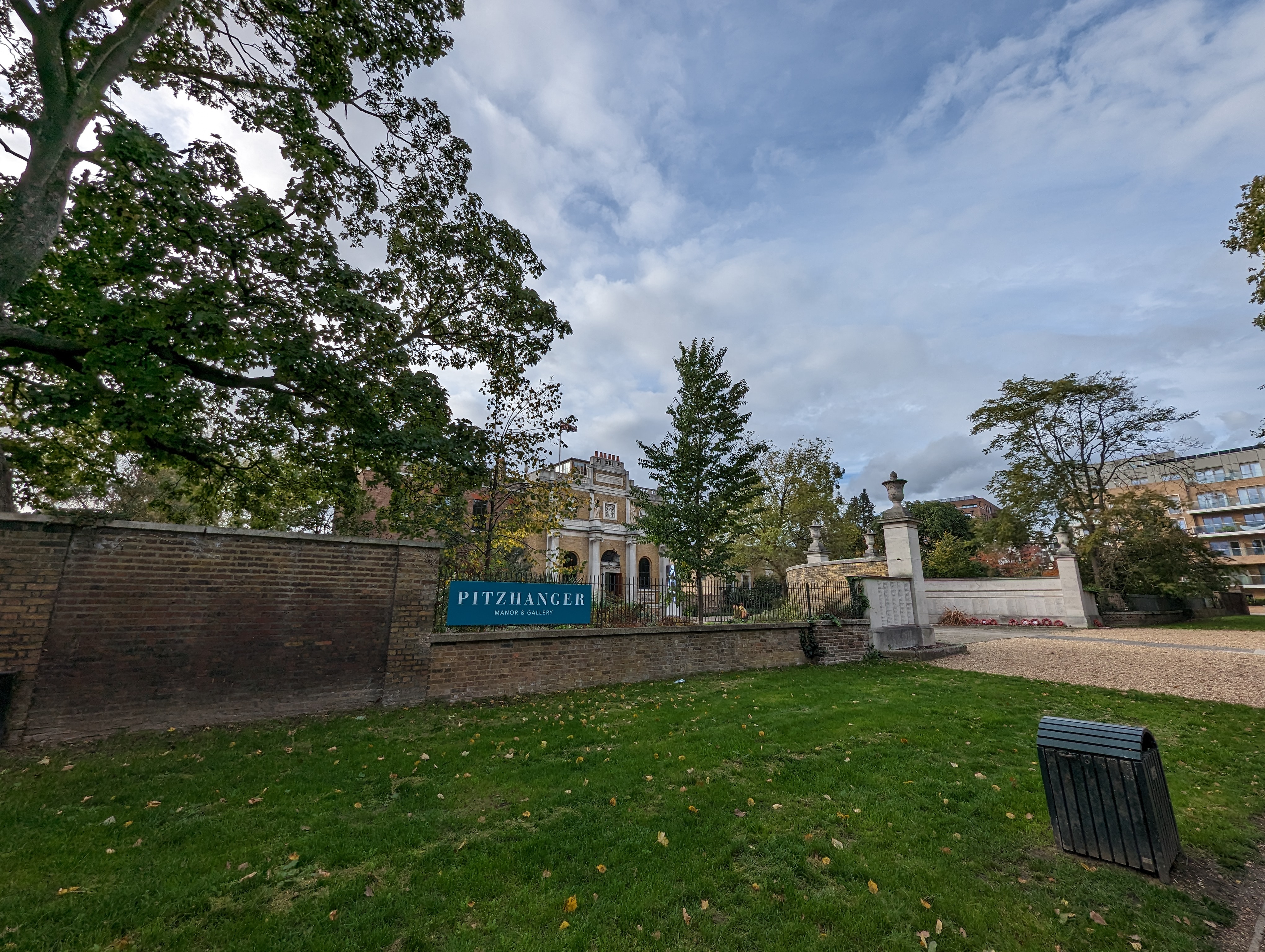
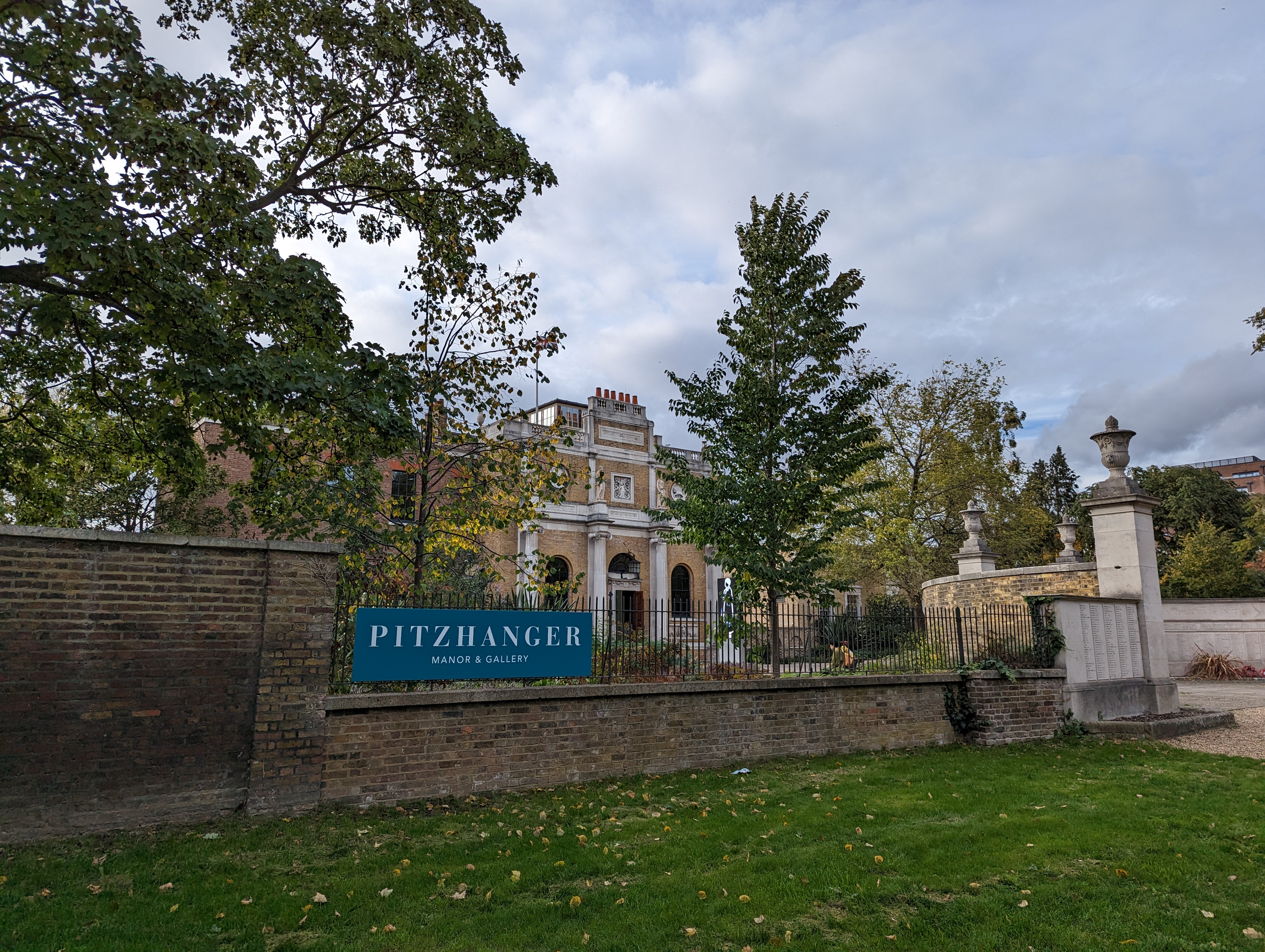

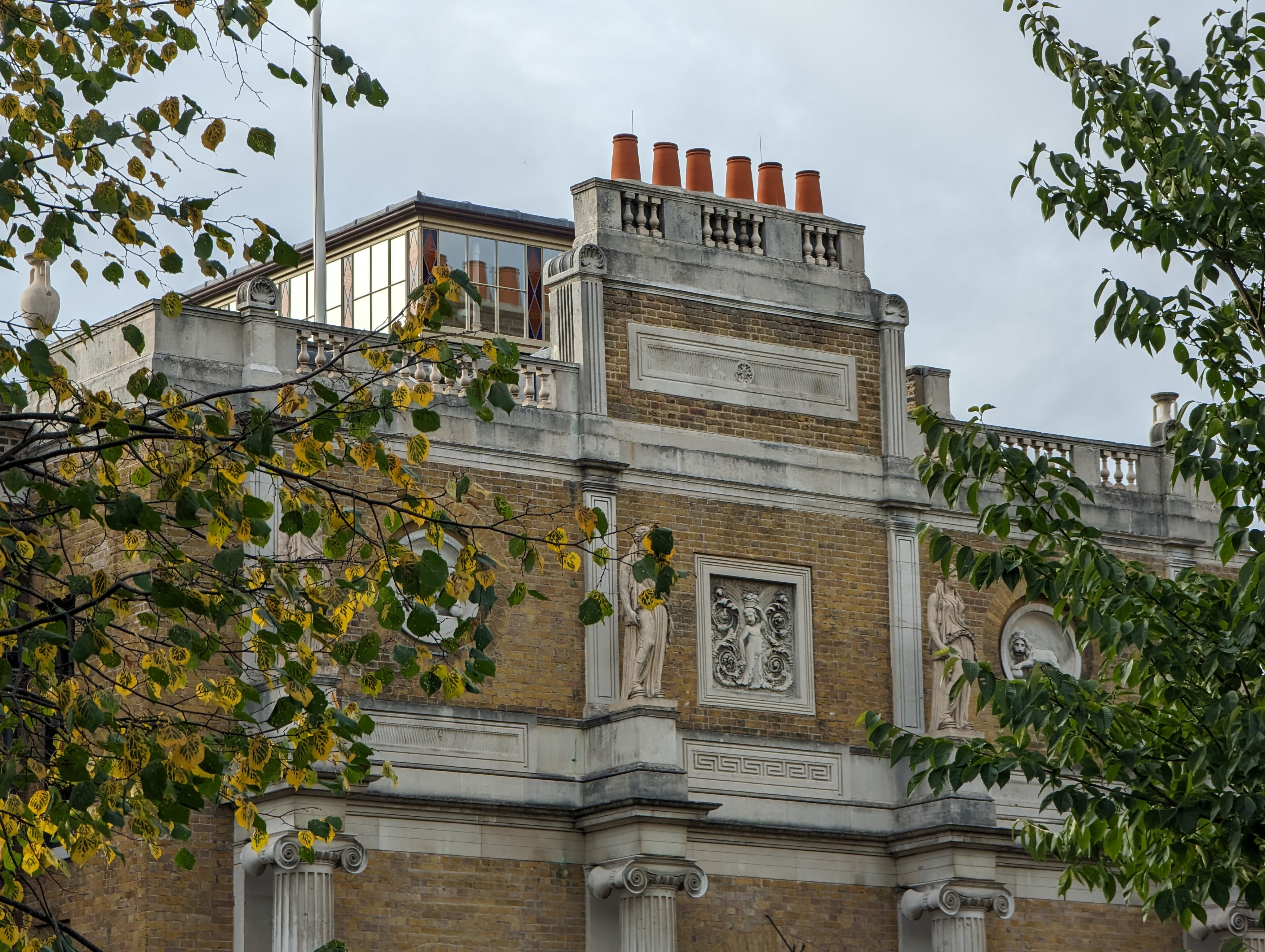
The Pixel 7 Pro's video quality is as standout as its photo quality at its price, capturing steady footage both near and far, using the ultra-wide or periscope camera. And even though its footage isn't brilliant in the dark, results are still very competitive.
We also enjoyed the ultra-wide selfie camera, which operates at two focal lengths, a cropped wide angle, and an uncropped ultra-wide. This helped us easily get groups of friends in the frame, and the results look compelling for a front camera.
Our main issue with the Pixel 7 and 7 Pro has been RAW capture. RAW photos aren't full 50MP resolution, and the quality doesn't stack up brilliantly when set against RAW photos from the iPhone 14 Pro.
Google Pixel 7 Pro additional specs
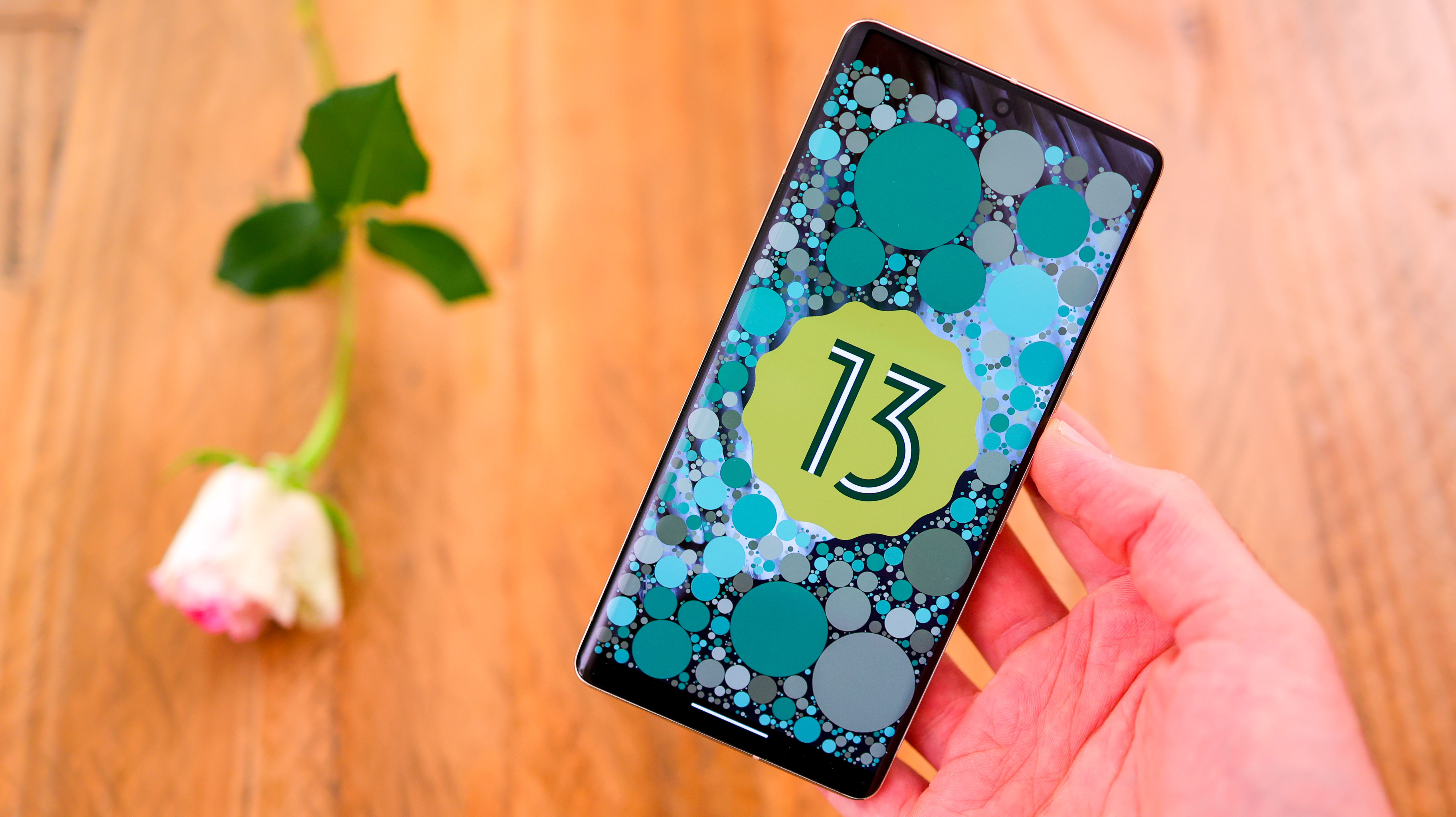
The Pixel 7 Pro's 5000mAh battery easily lasted a full day for us after the first 48-hour period. While we had a lot of inconsistency with the Pixel 7, which was terrible in the battery department at first, but then balanced out, the Pixel 7 Pro's battery has been consistently better.
The phone supports fast charging at 30W, which powers it up to 50 percent in 30 minutes, and it also supports wireless and reverse wireless charging too – though frustratingly, it won't power up the Pixel Watch.
Powered by a Tensor G2 chipset, Google's second generation of proprietary silicon, despite not being the mightiest gaming phone around, Google's latest flagship should up able to handle most titles without too much slowdown. Day-to-day tasks were handled well, though we did notice 5G dropped out a couple of times in our fortnight with the phone – fixed by turning mobile data on and off.
On the plus, running the latest version of Android – Android 13, and with five years of security updates promised, the Pixel 7 Pro should go the distance when it comes to longevity.
You can pick the phone up with either 128GB, 256GB, or 512GB storage, and all three versions feature 12GB RAM, so multi-tasking performance should be on-point.
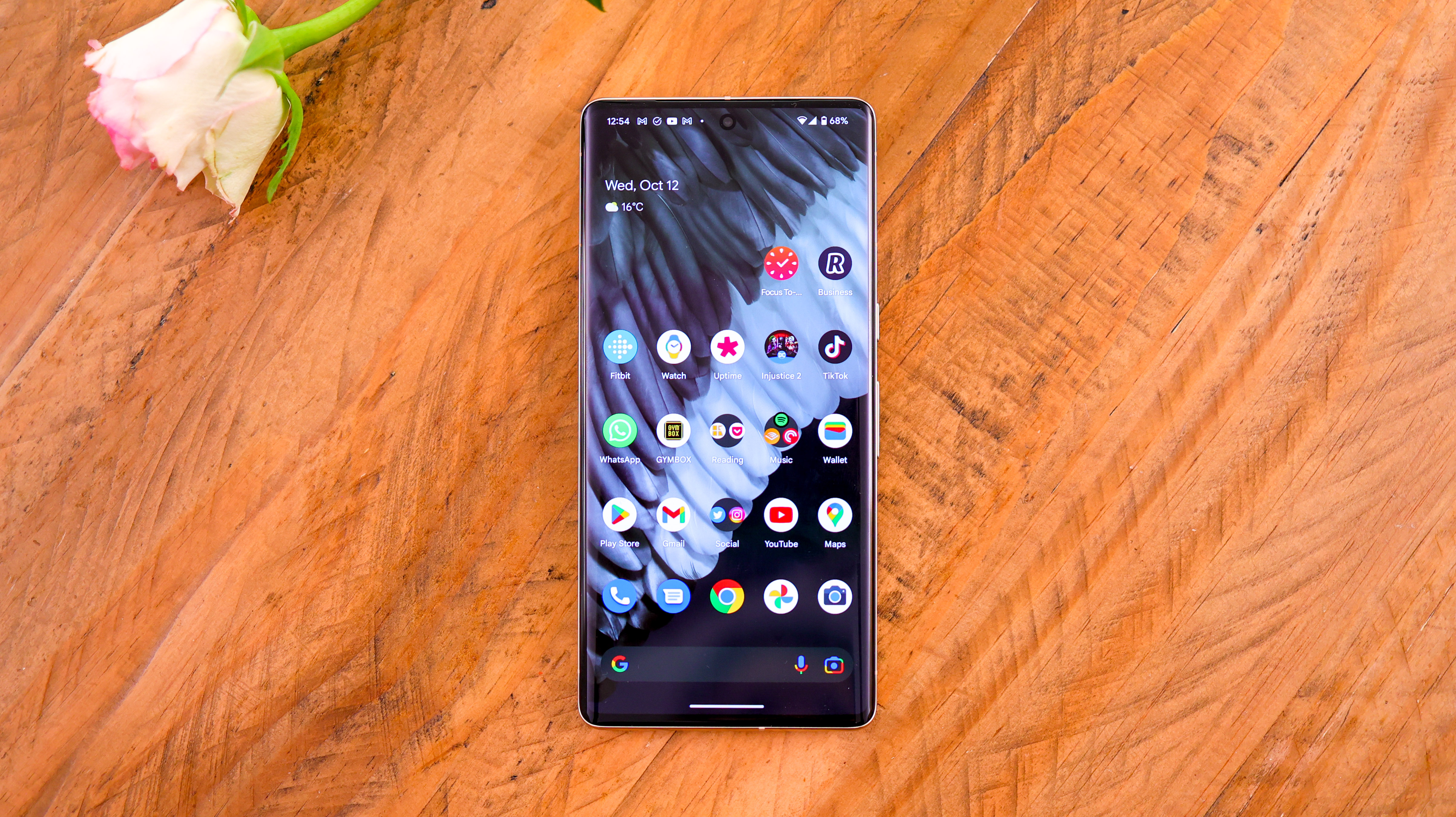
Google Pixel 7 Pro verdict
The Pixel 7 Pro is the best camera phone you can buy at its price, it's that simple. It wipes the floor with the similarly priced iPhone 14, and beats the much pricier 14 Pro in a few key areas too.
While the 7 Pro's RAW capture isn't particularly impressive, and some traditionalists might not like how Google processes photos, the camera mix is still mind-bogglingly good as far as point-and-shoot photography goes.
With sleek design, a mighty screen, and excellent future-proofing by way of continued software support, you do get a lot for your money here. So even though the phone had a couple of small hiccups in our time with it – specifically when it came to connectivity, as a package, you'll be hard-pressed to get a better value flagship phone than the Pixel 7 Pro.
Best Google phones in 2022
Best phones for video recording
Best phone cases
Best tripods for smartphones
Basil Kronfli is a freelance technology journalist, consultant, and content creator. He trained in graphic design and started his career at Canon Europe before moving into journalism. Basil is also experienced in video production, independently running the YouTube channel TechEdit, and during his time at Future, he worked alongside the Digital Camera World team as a senior video producer.

